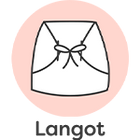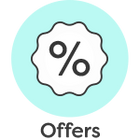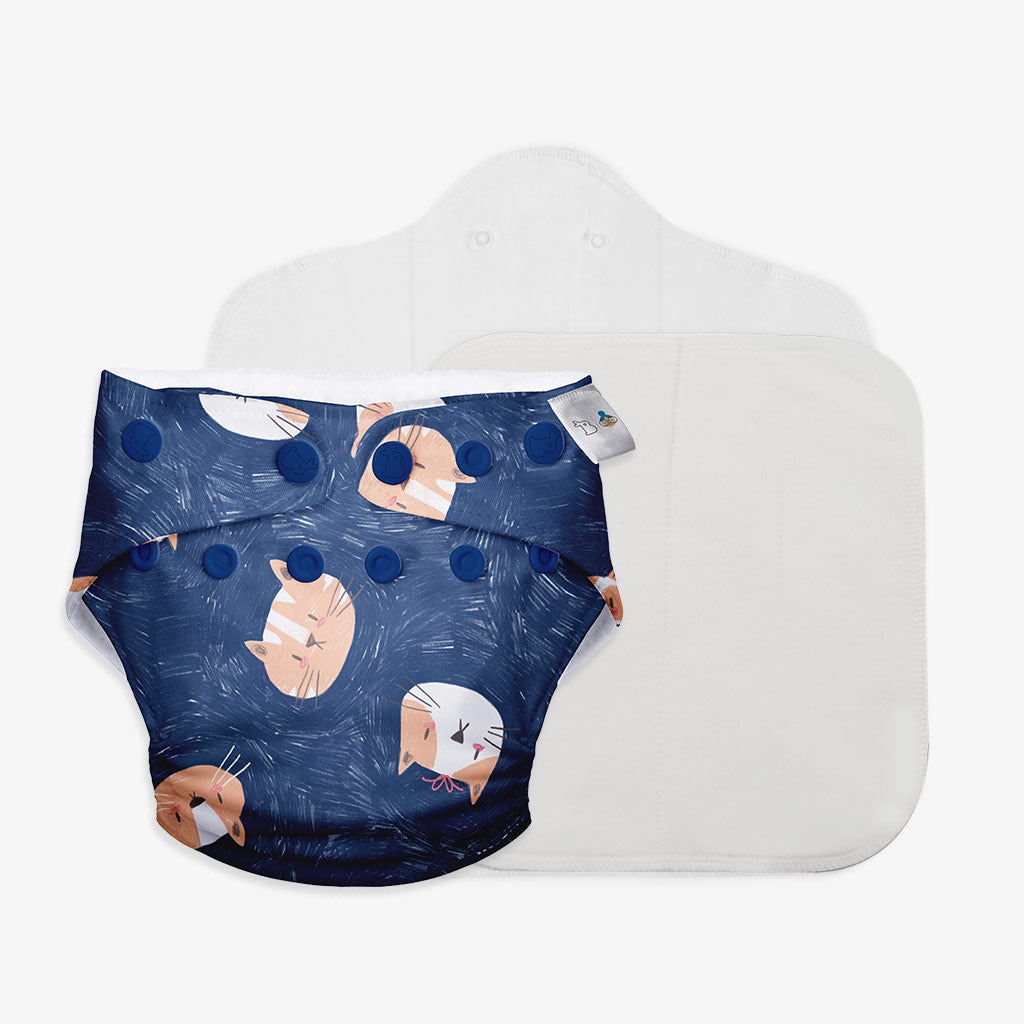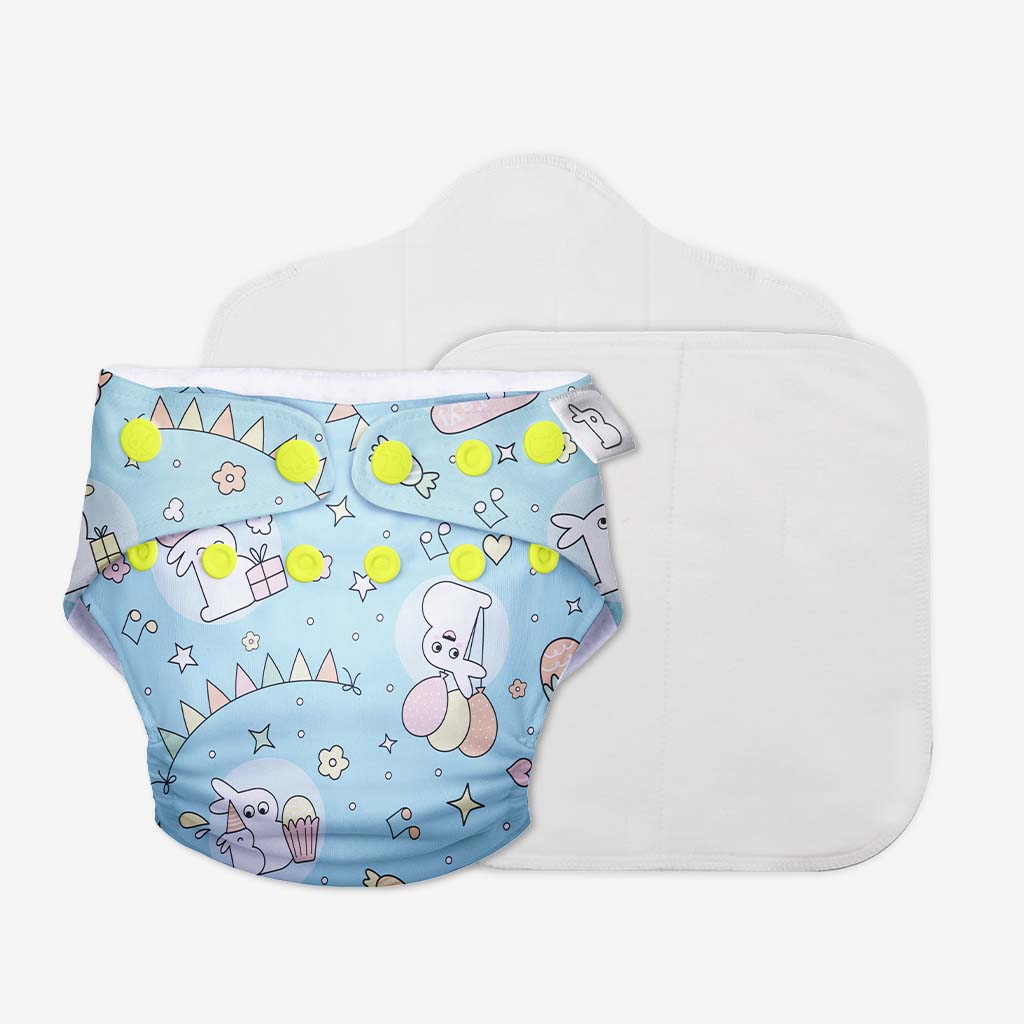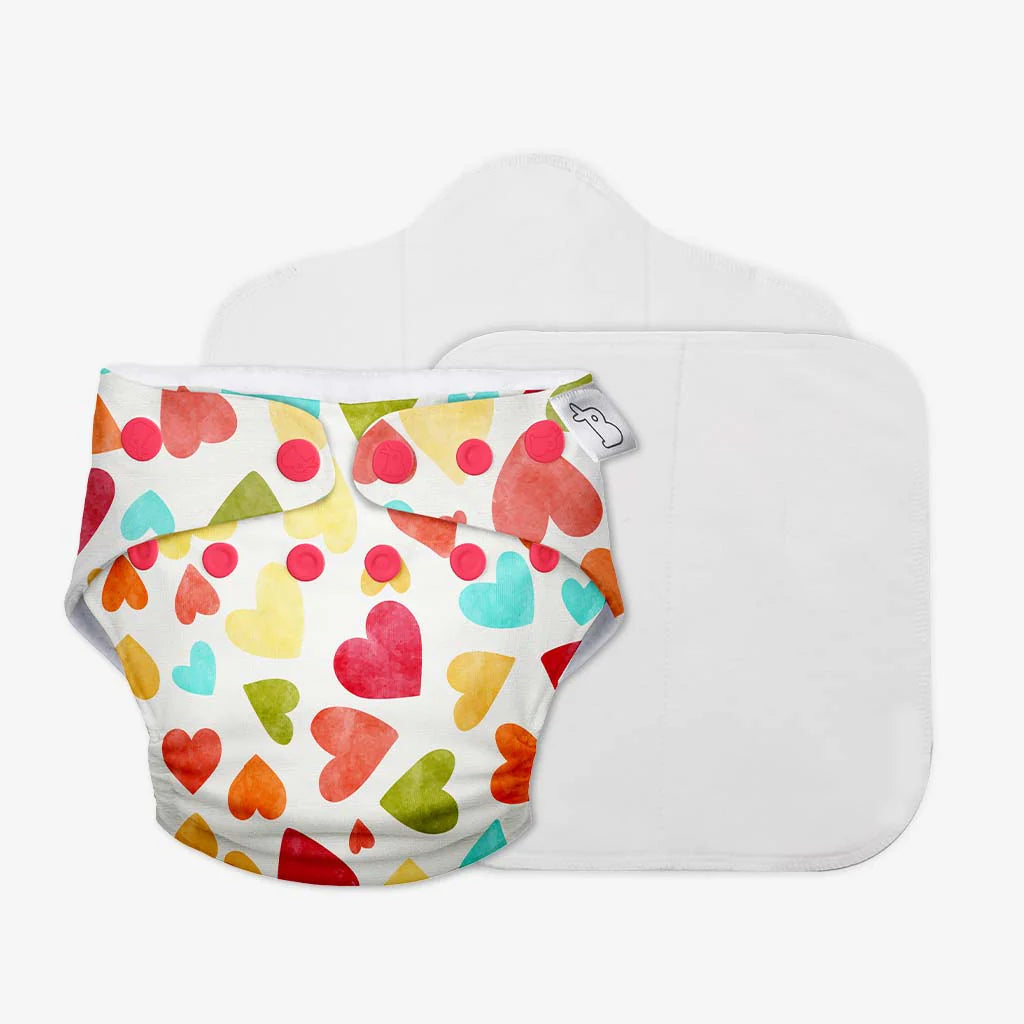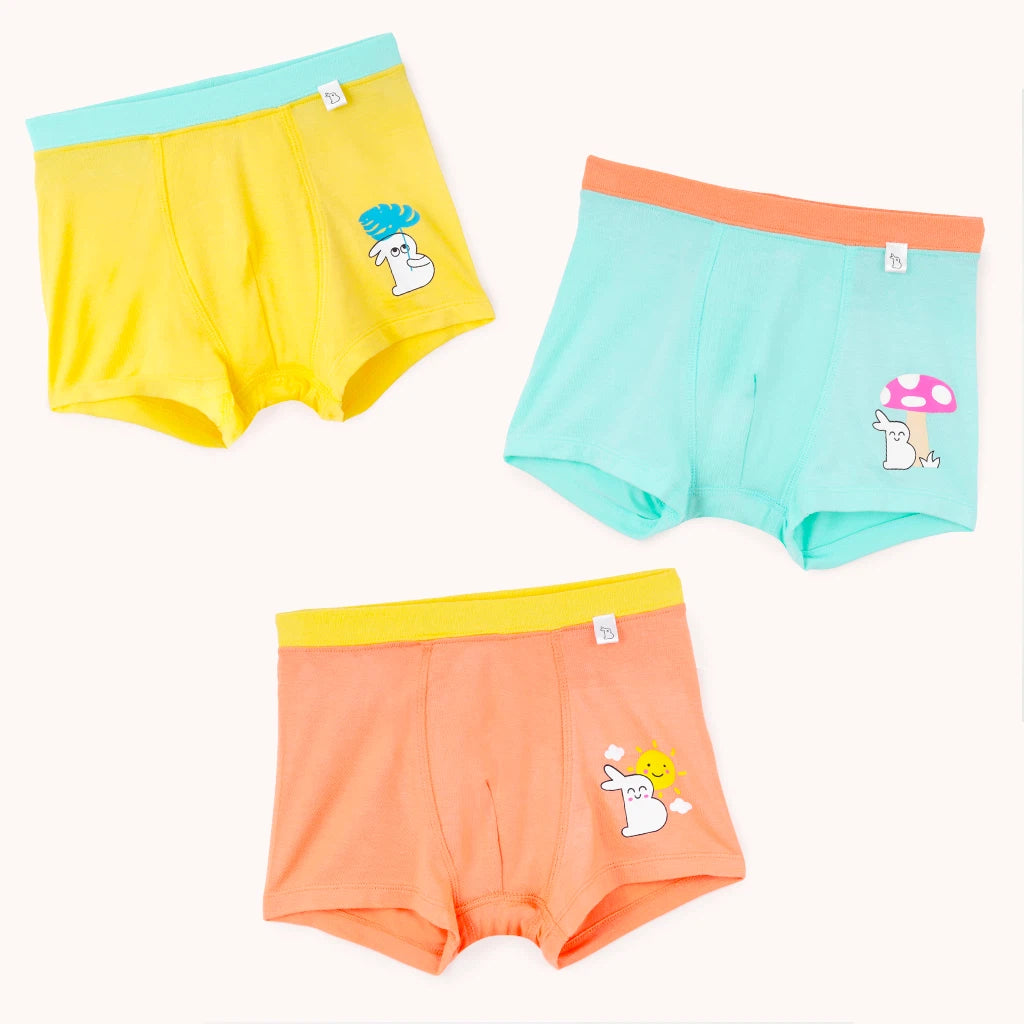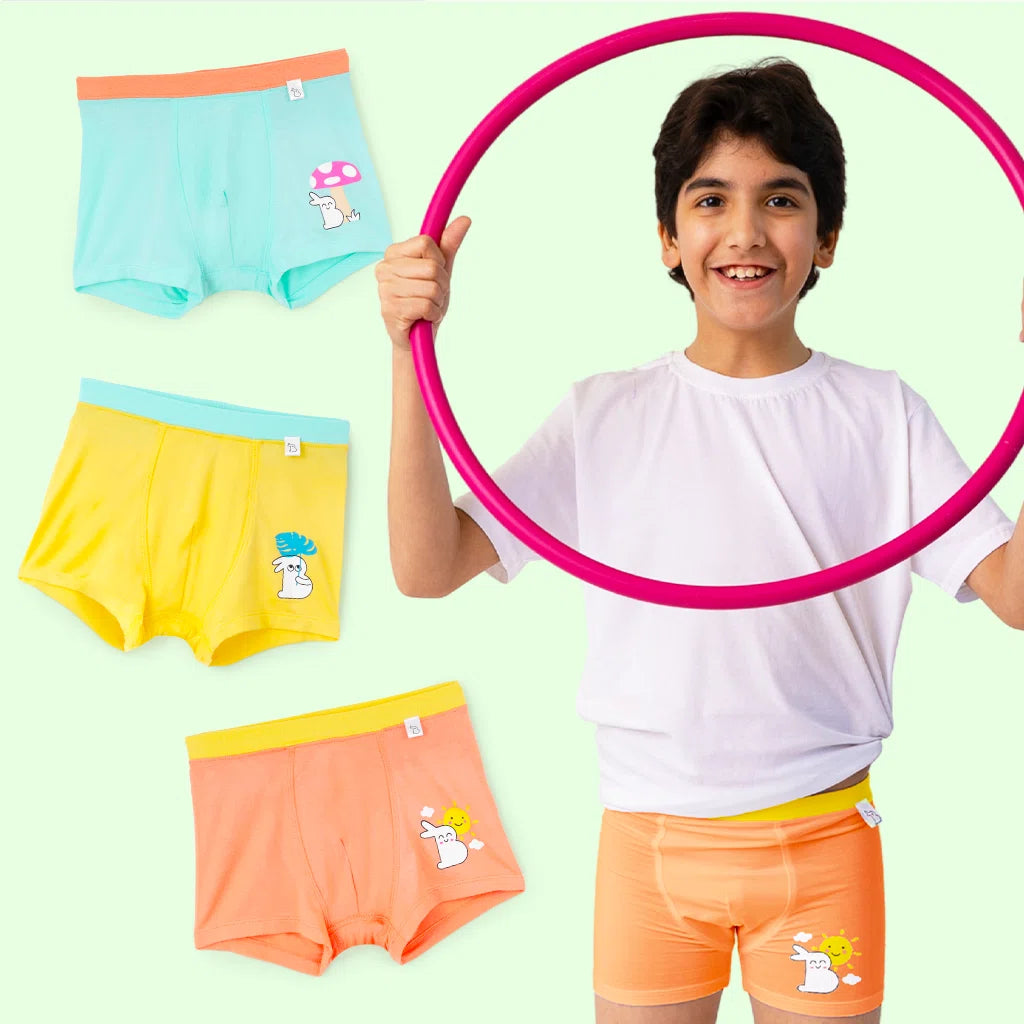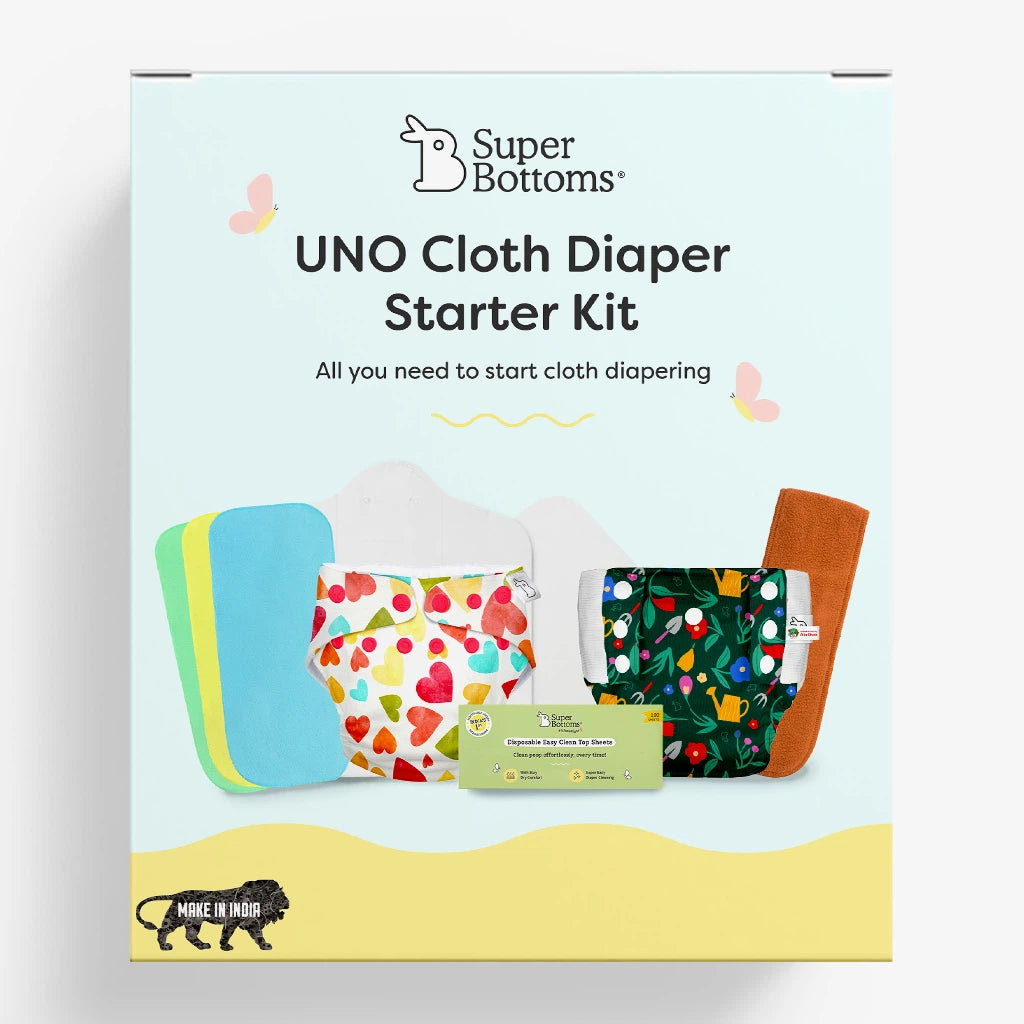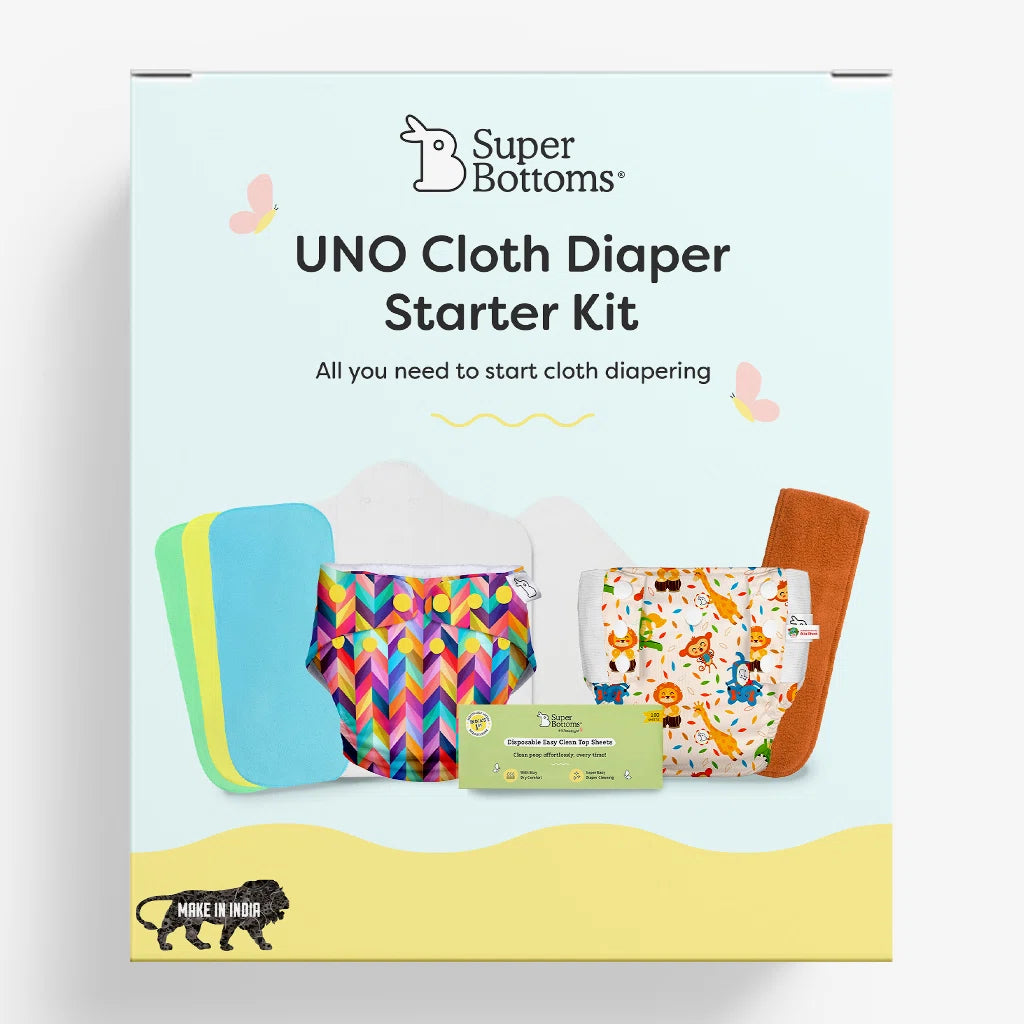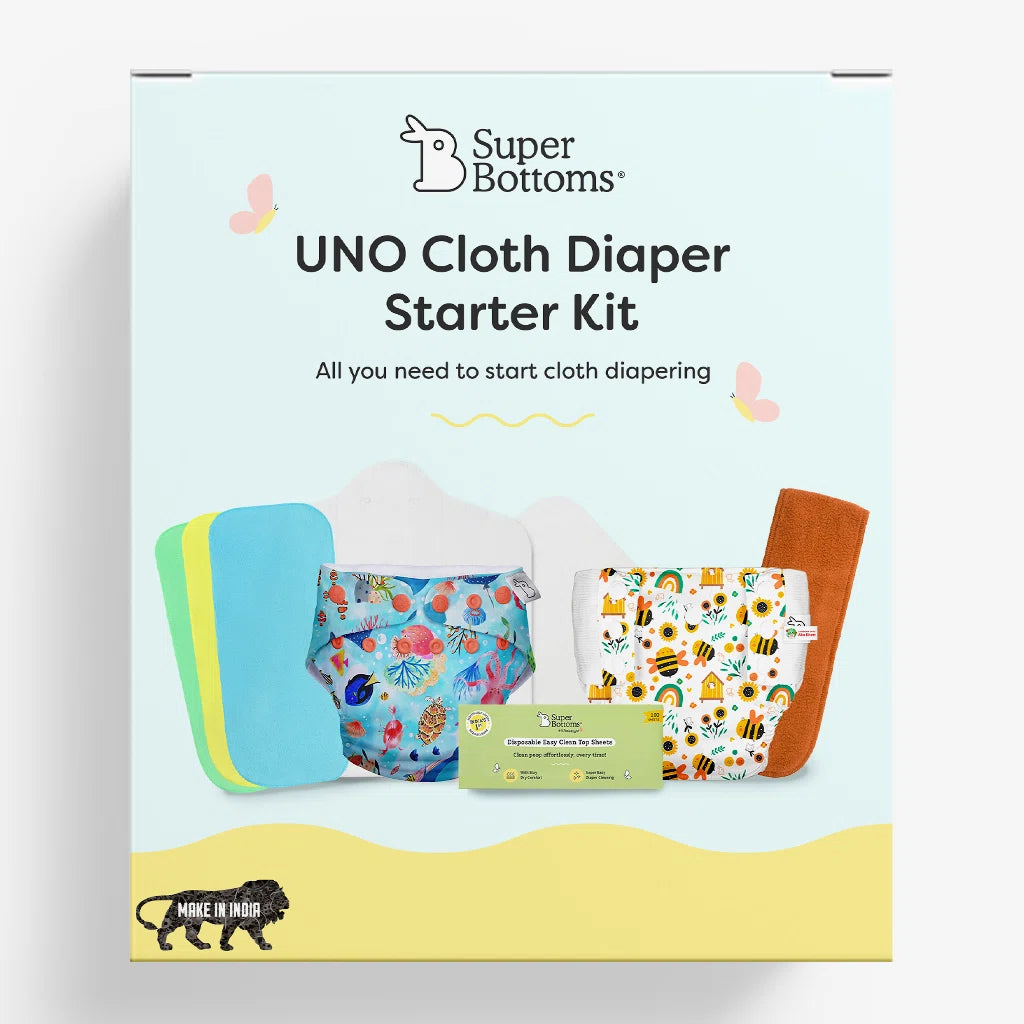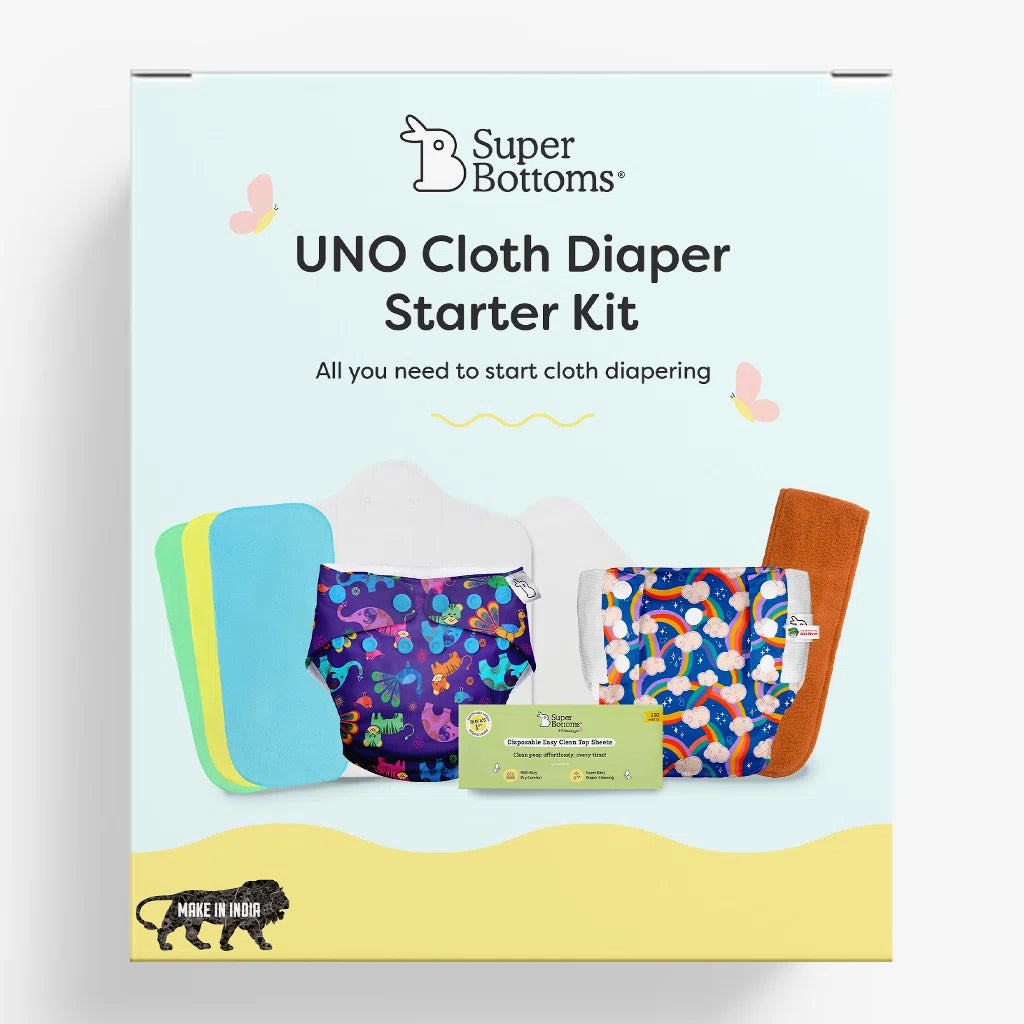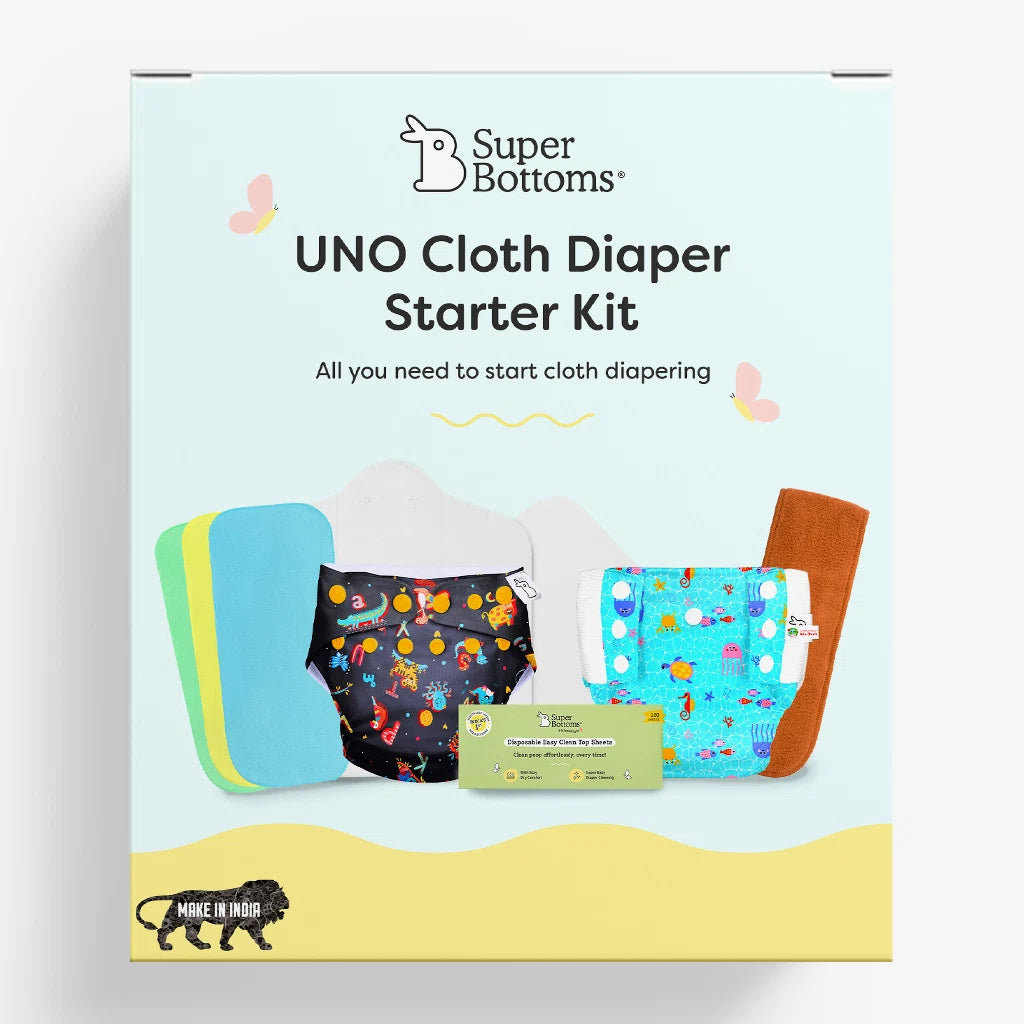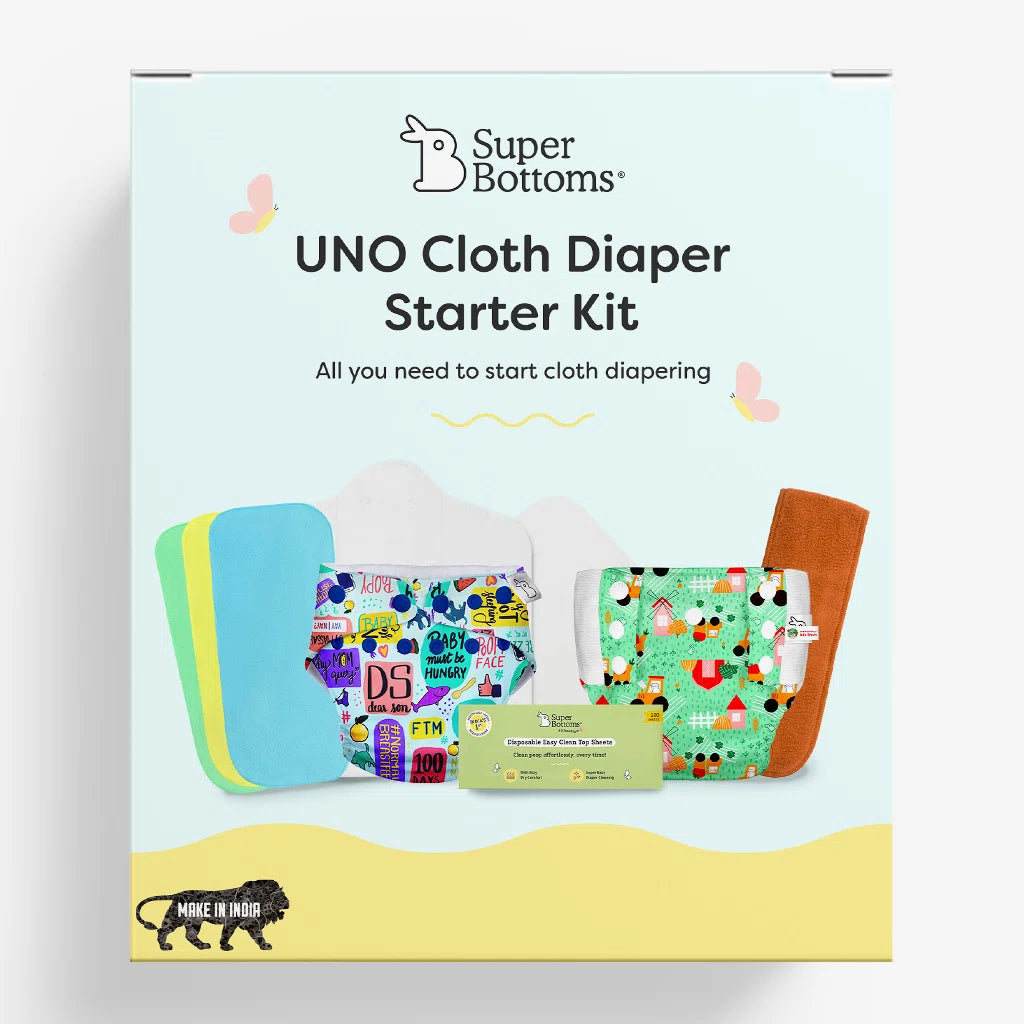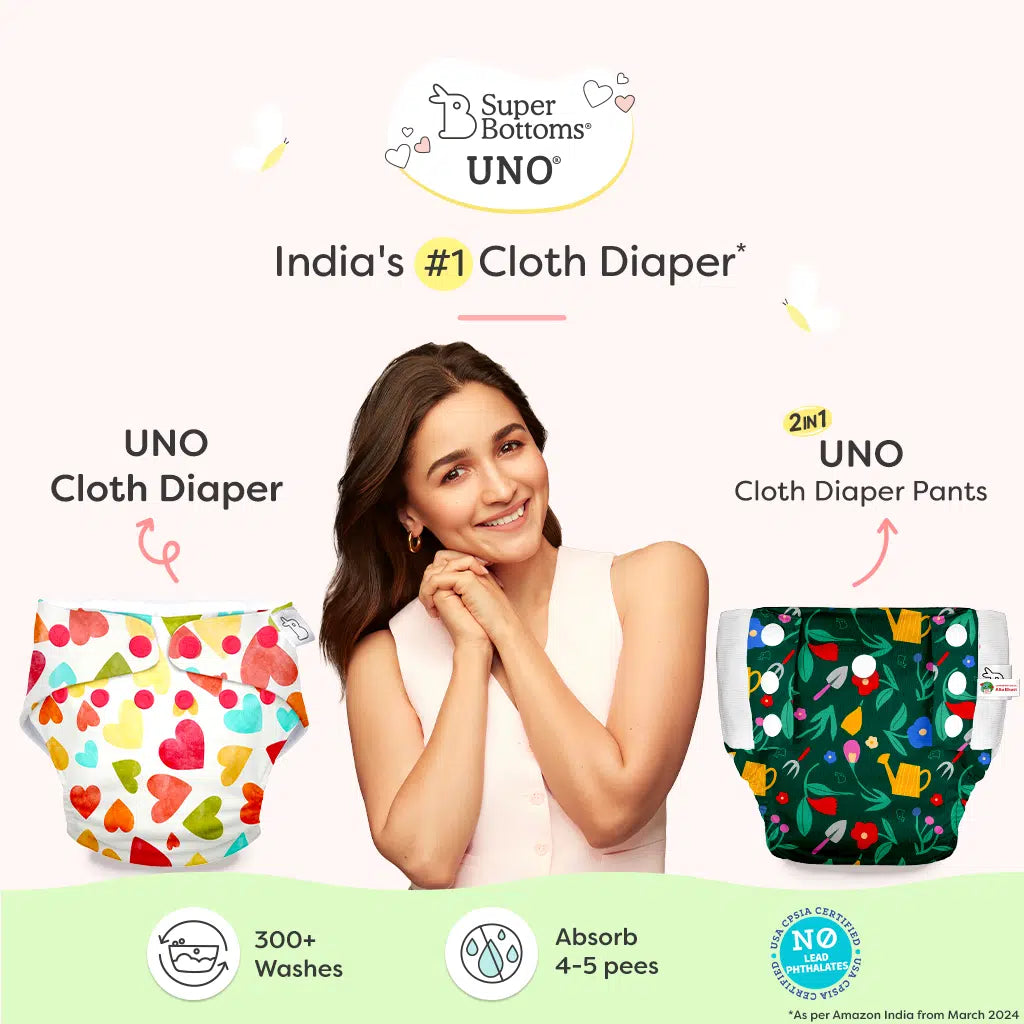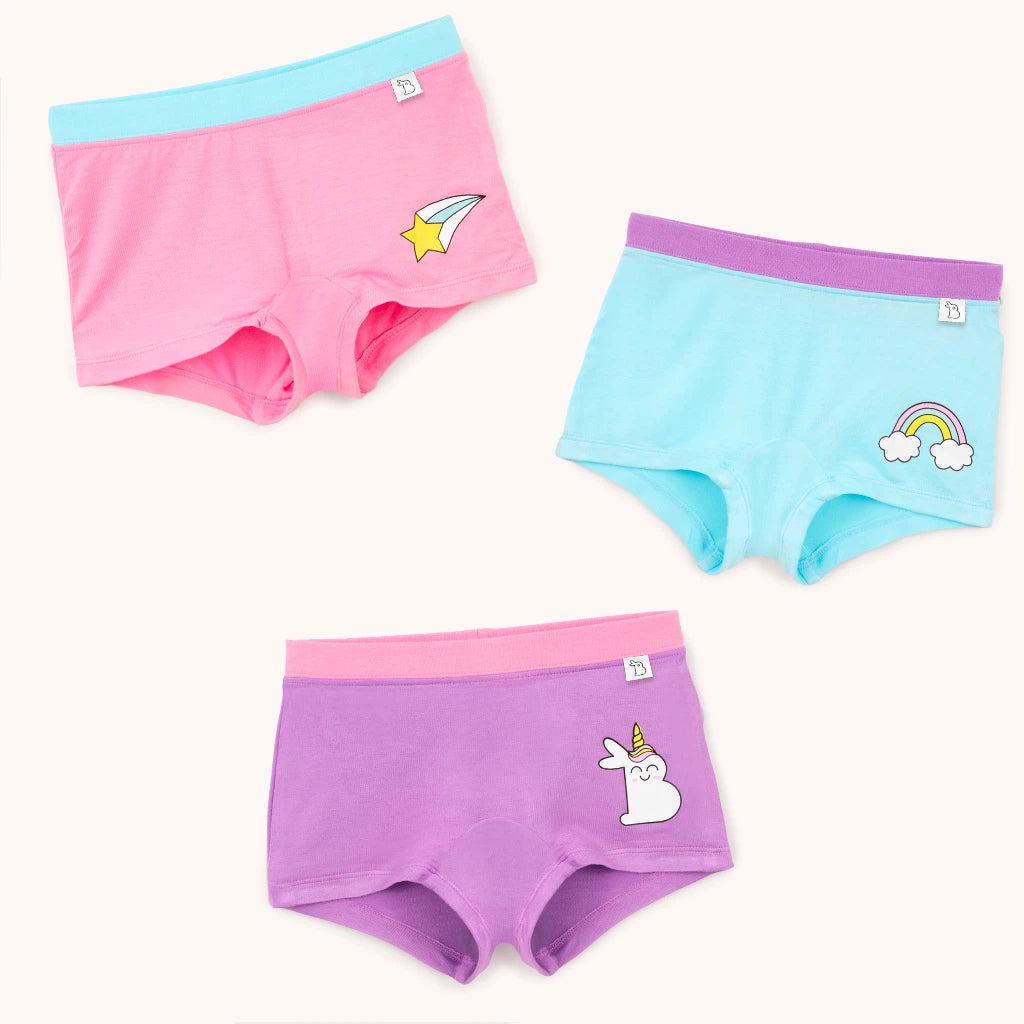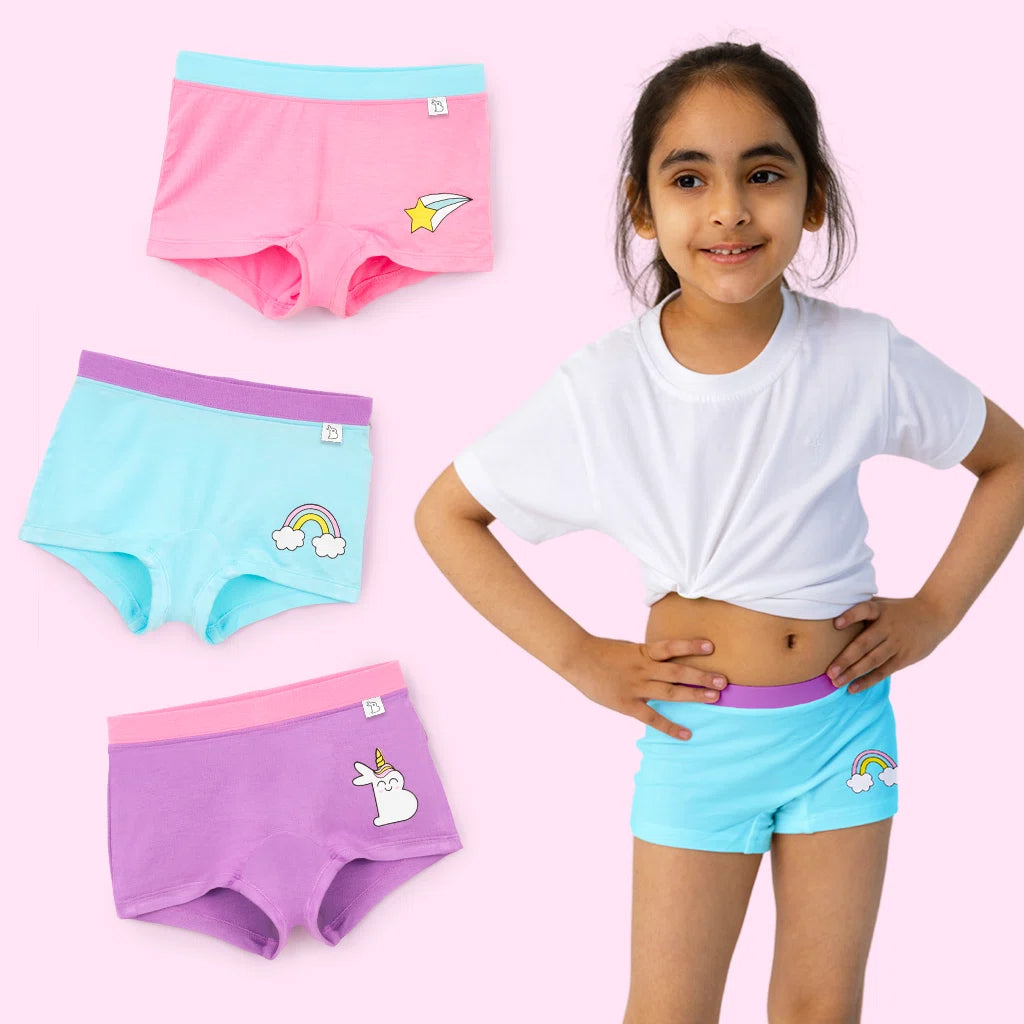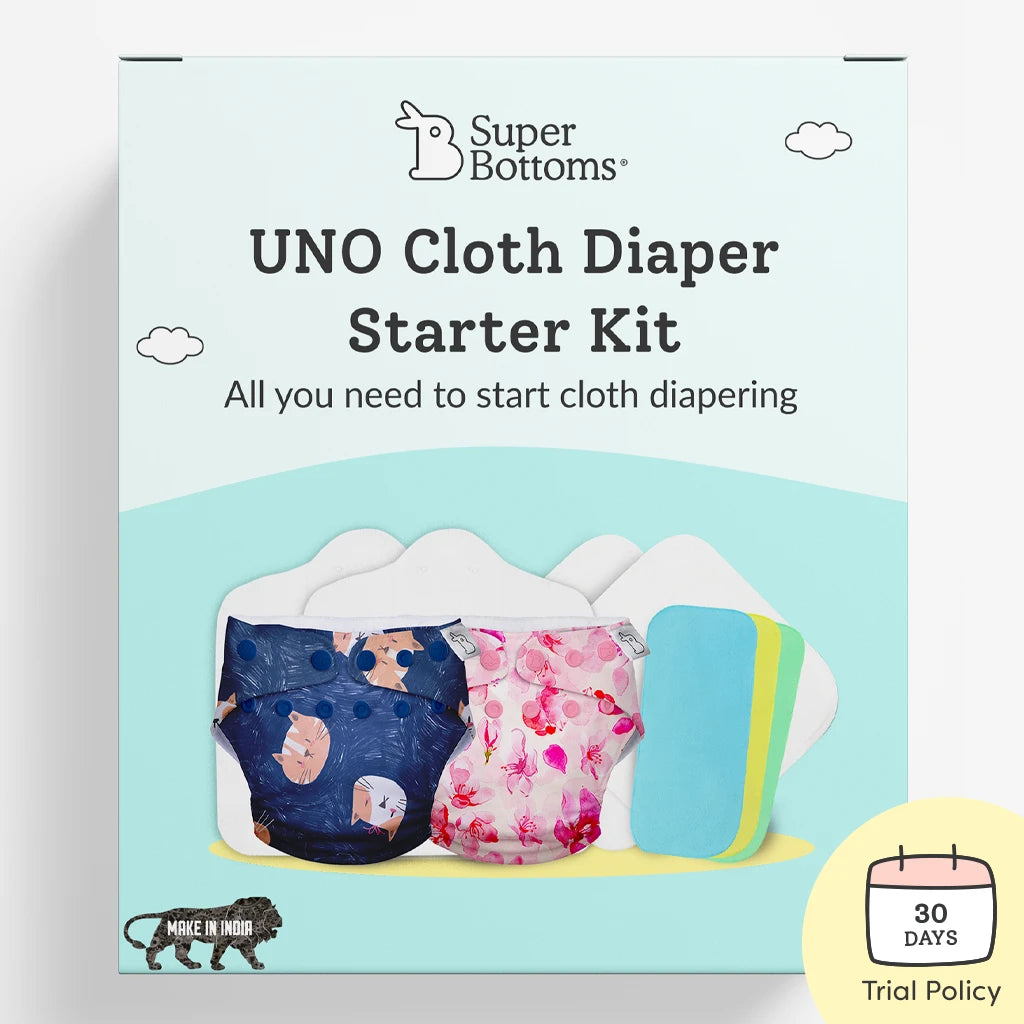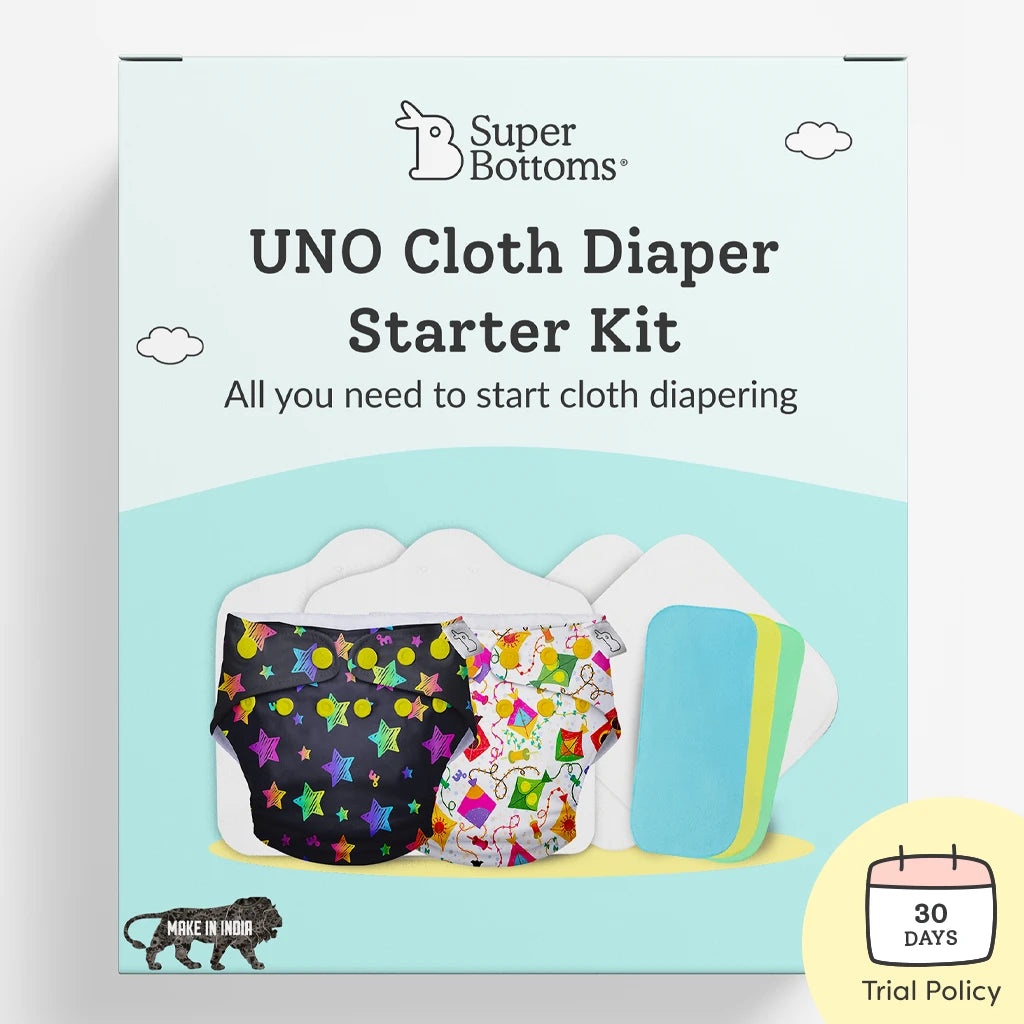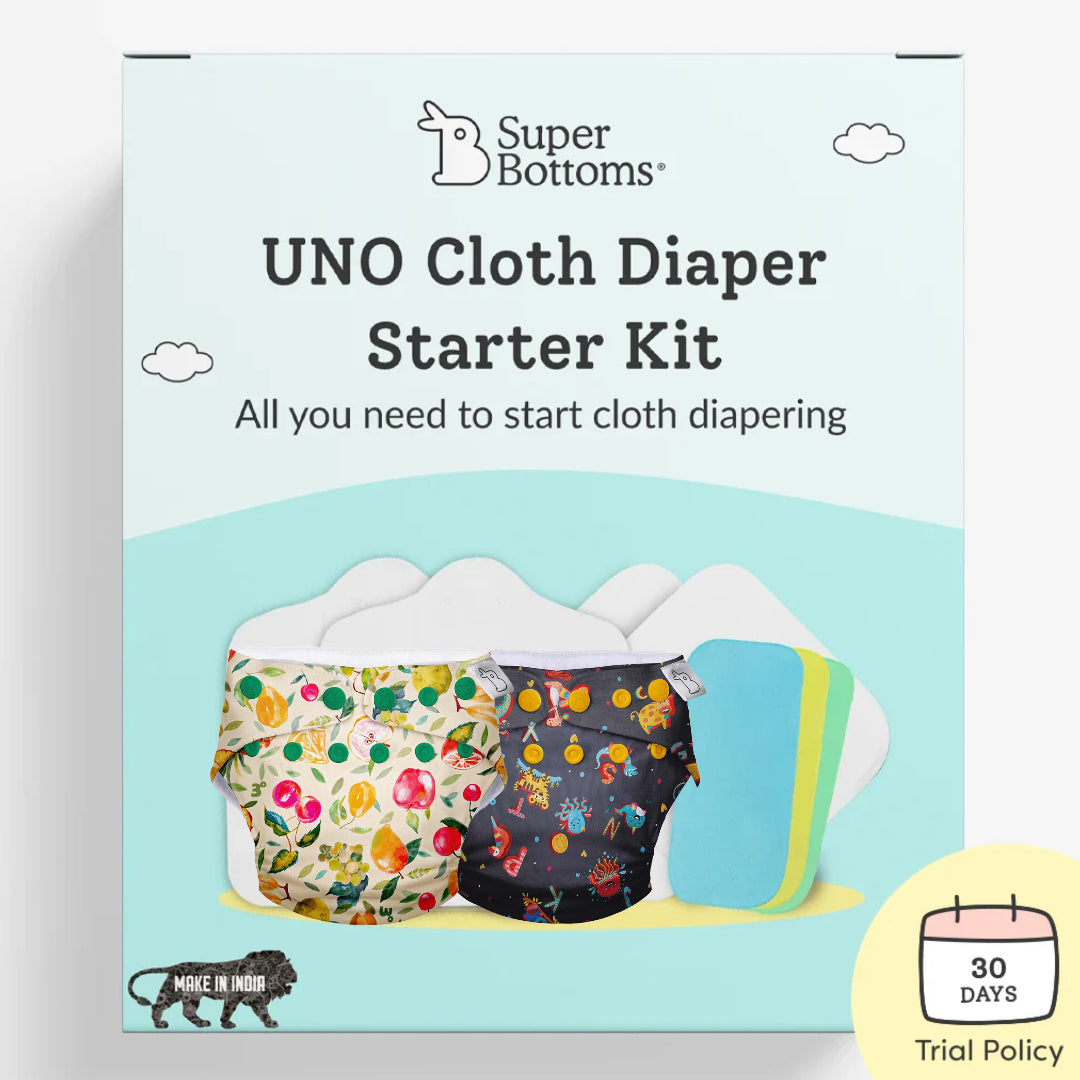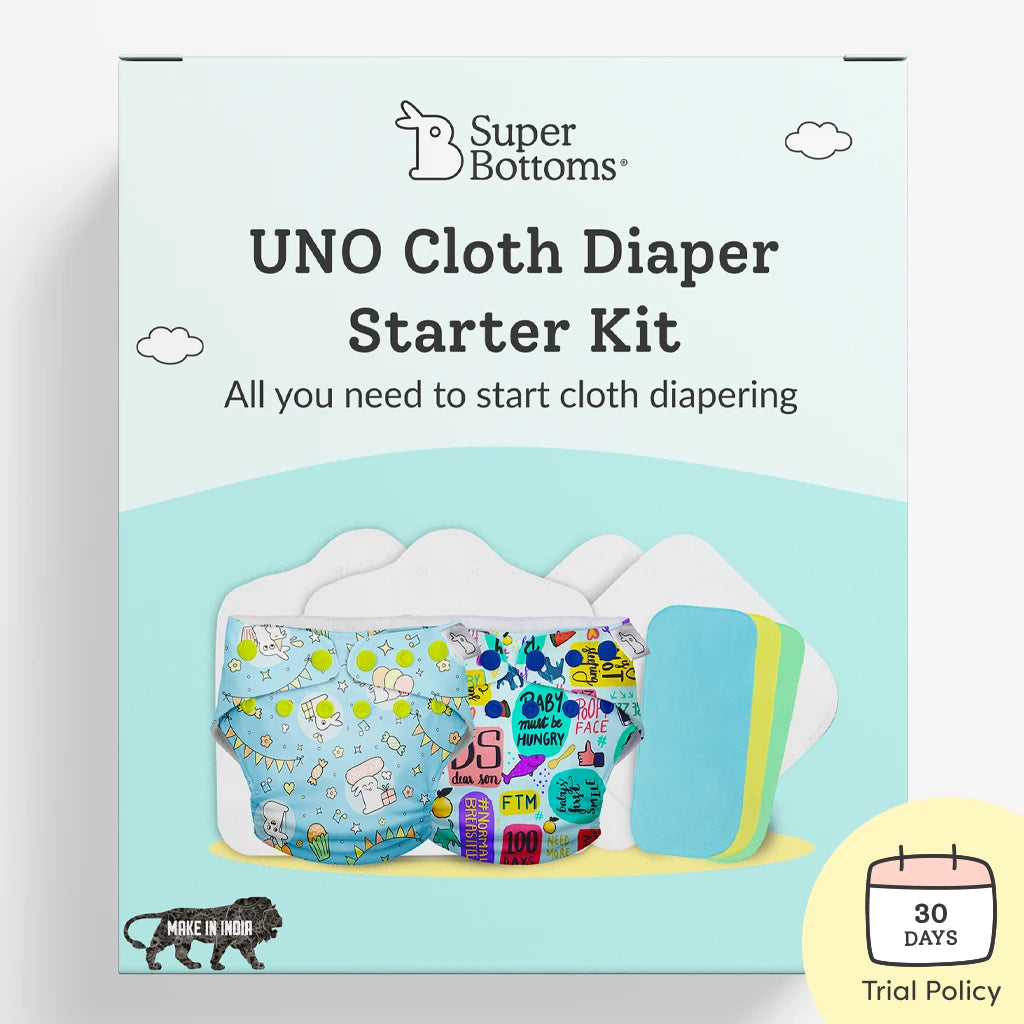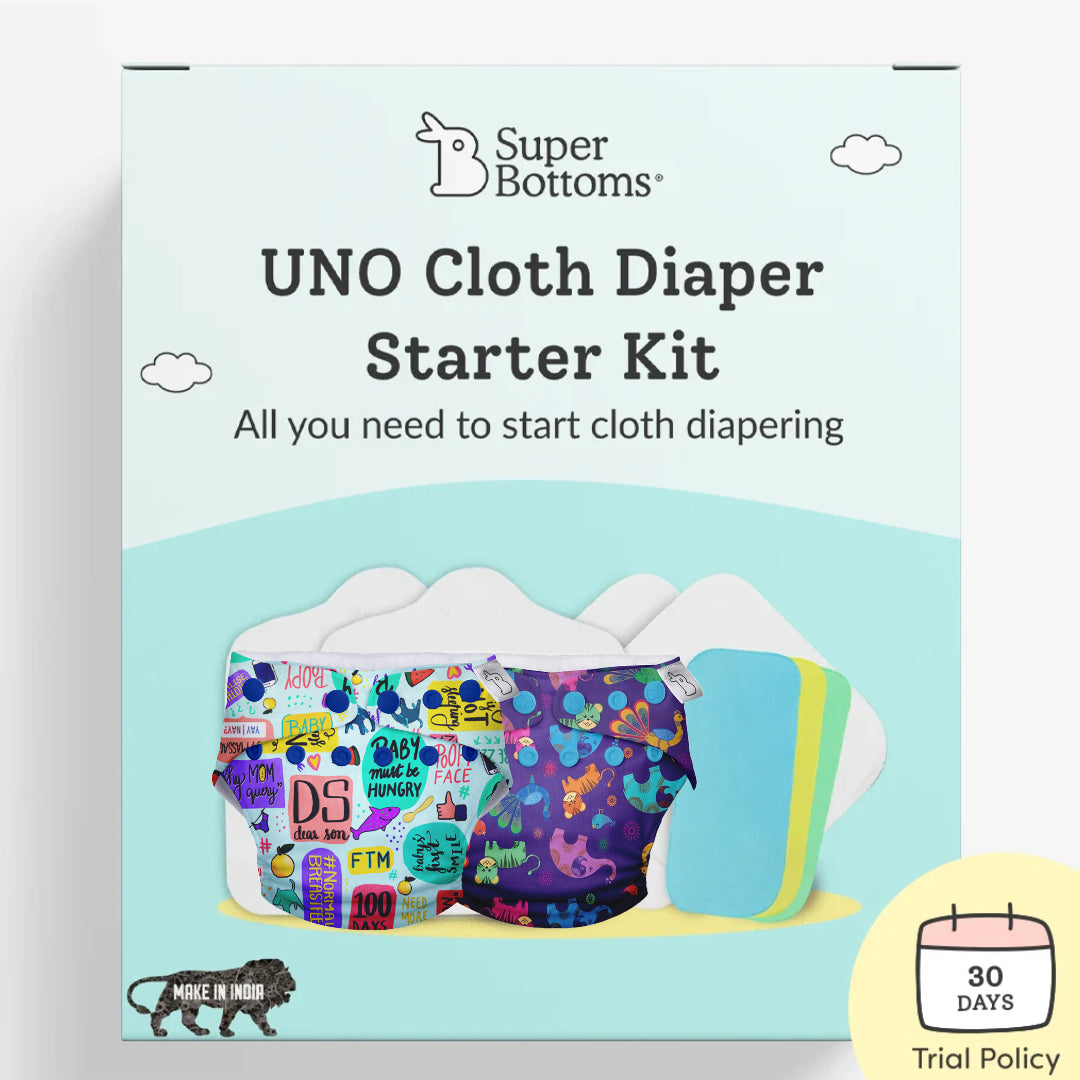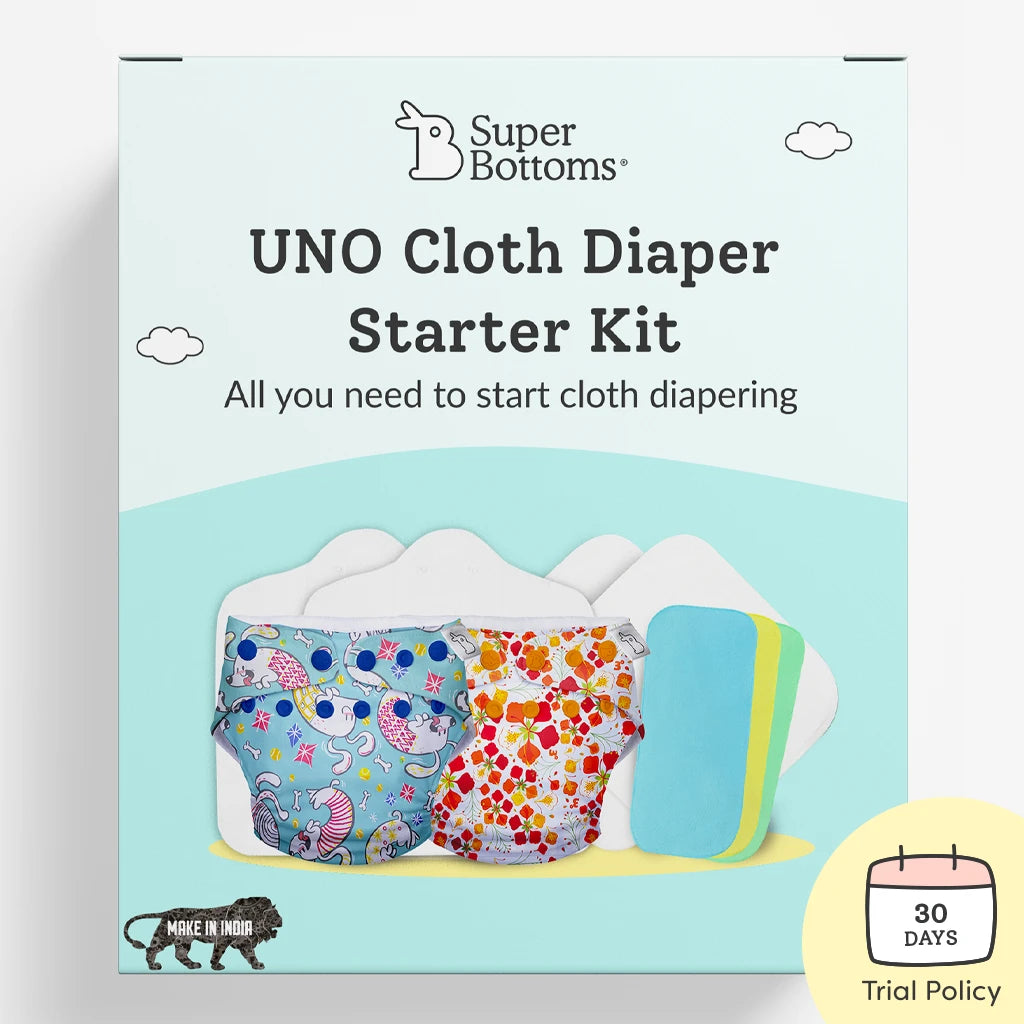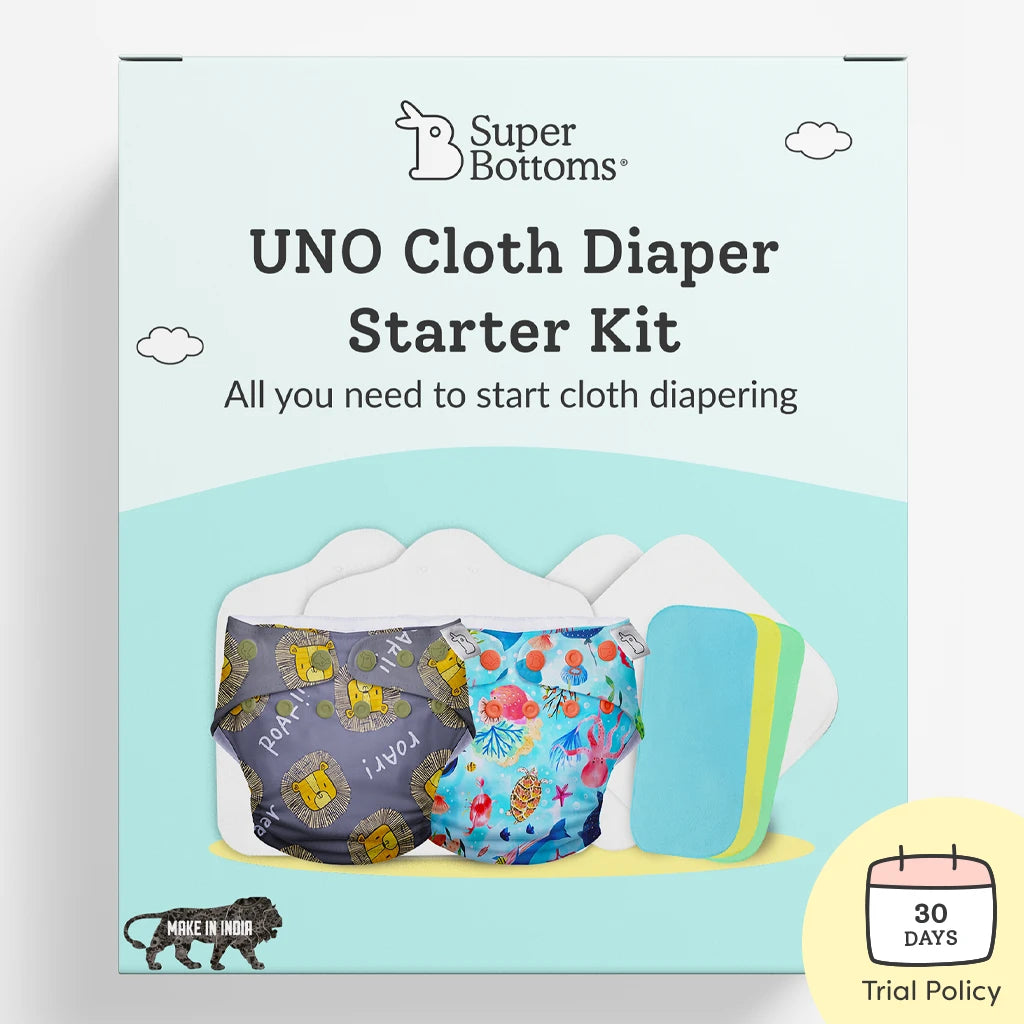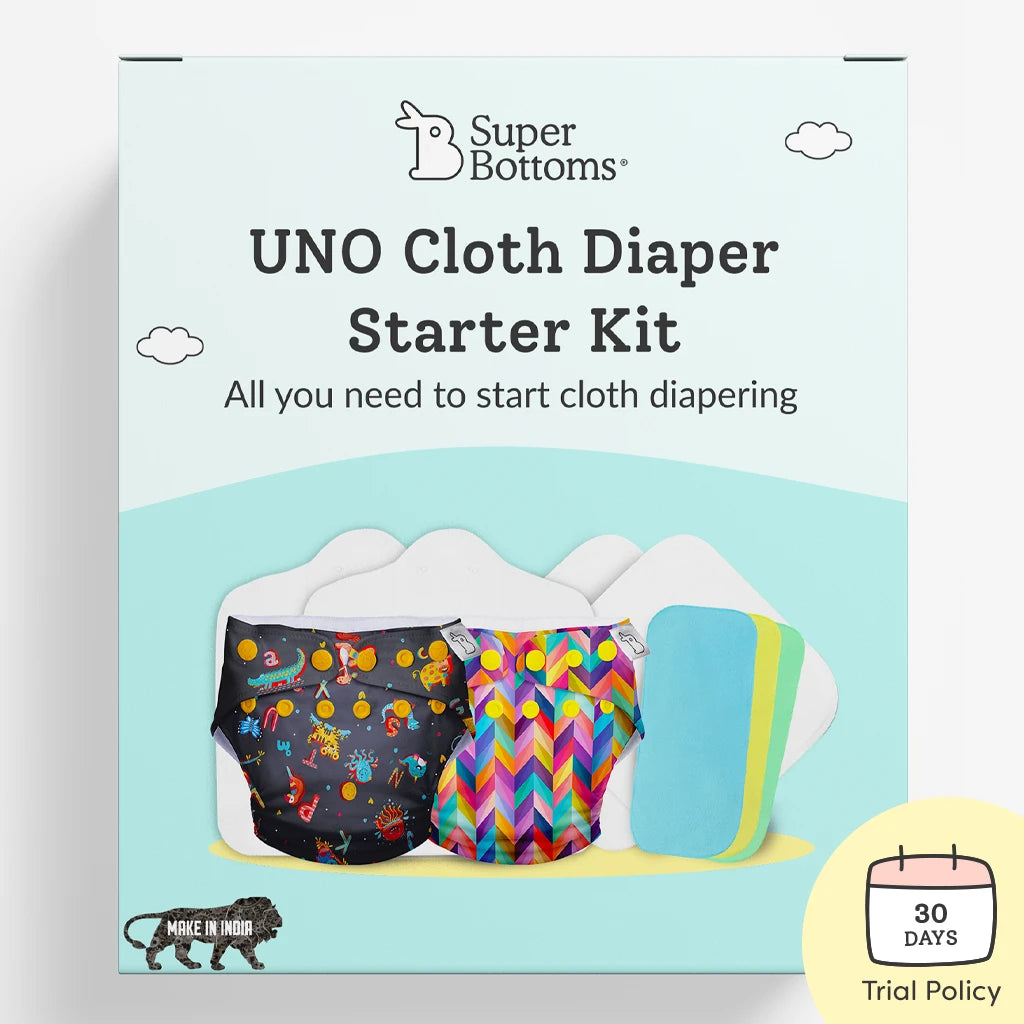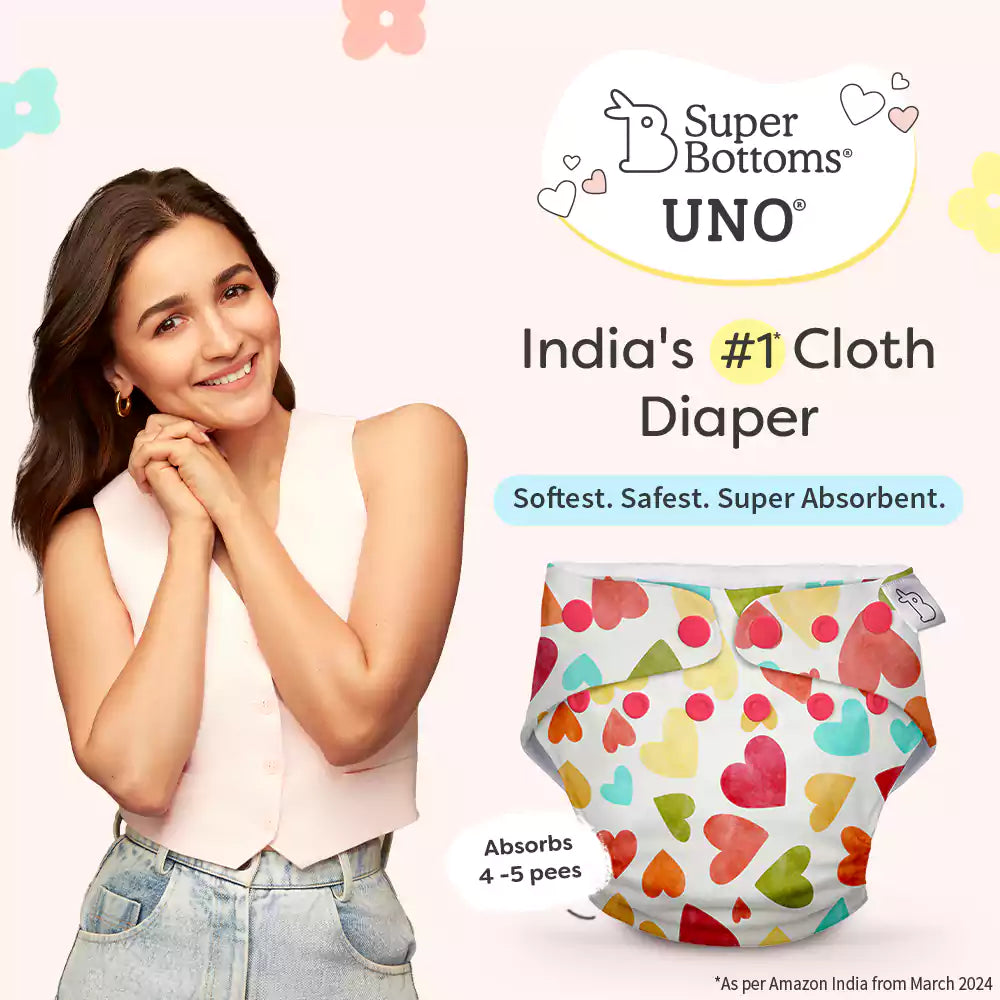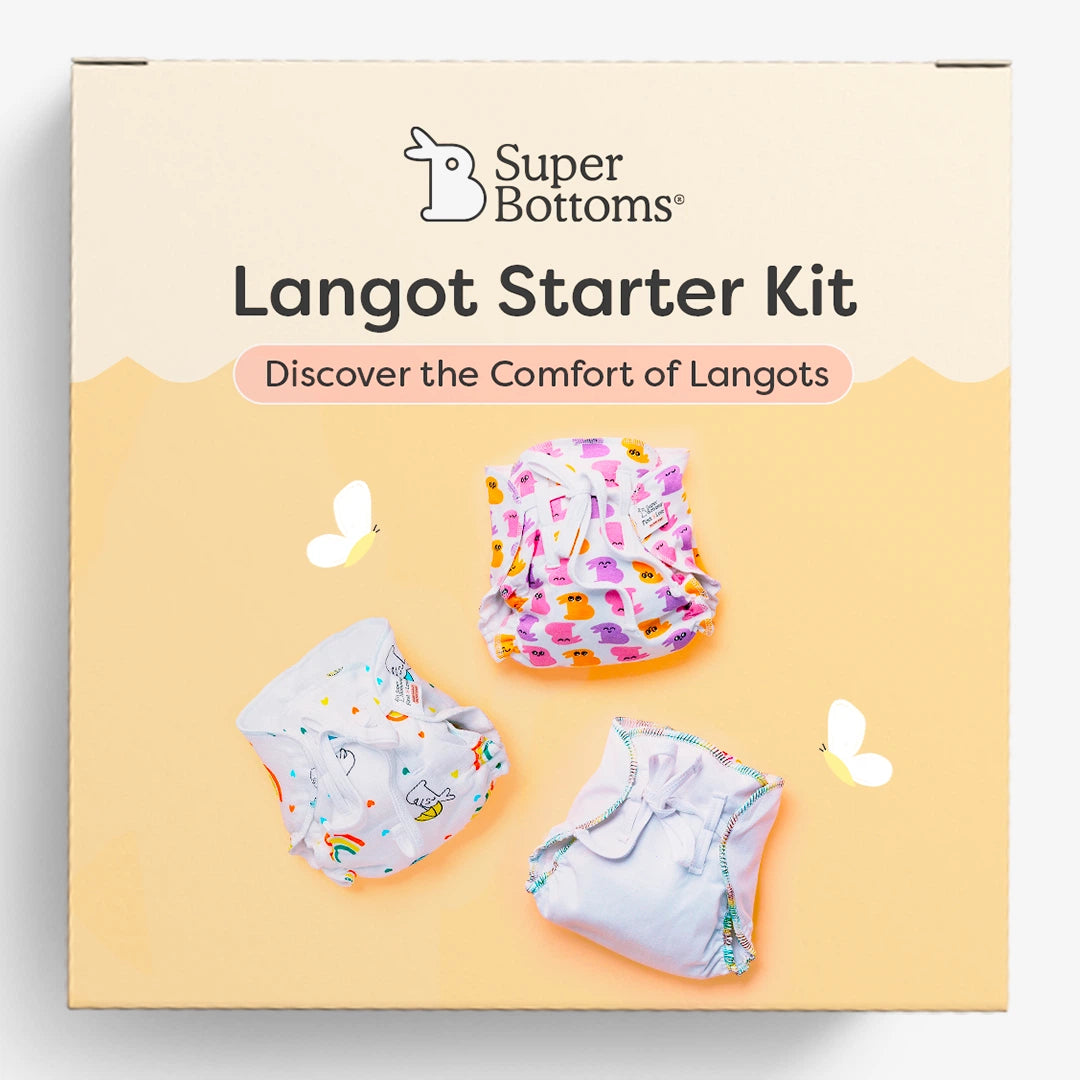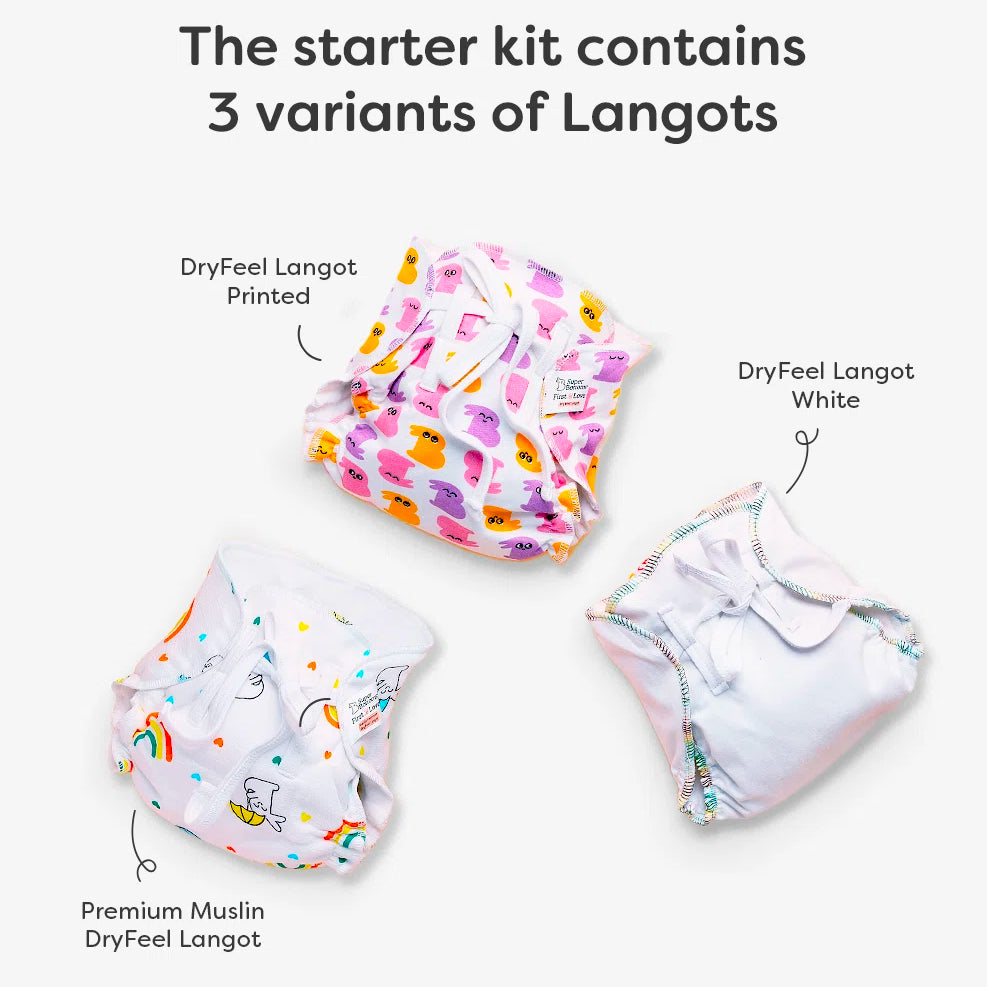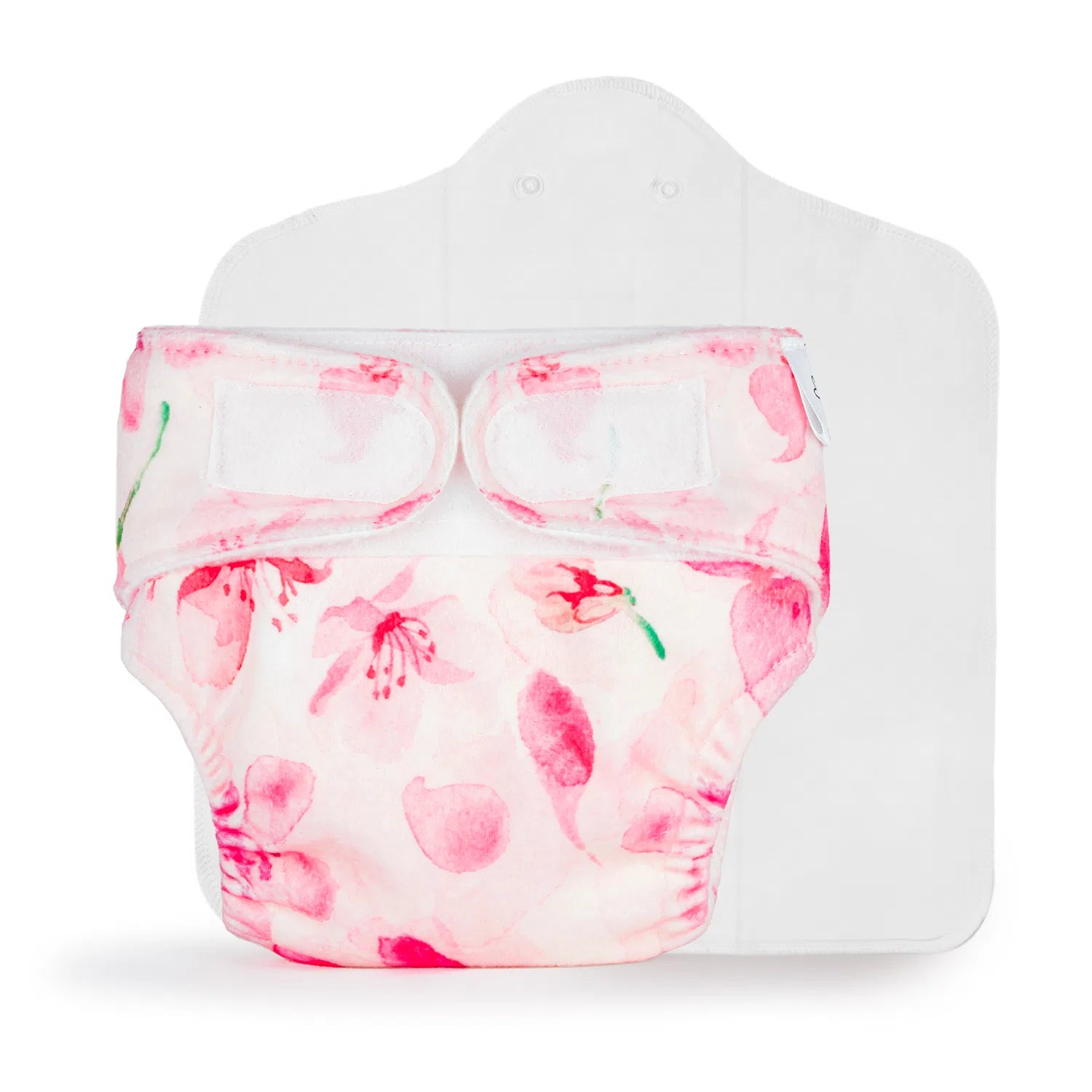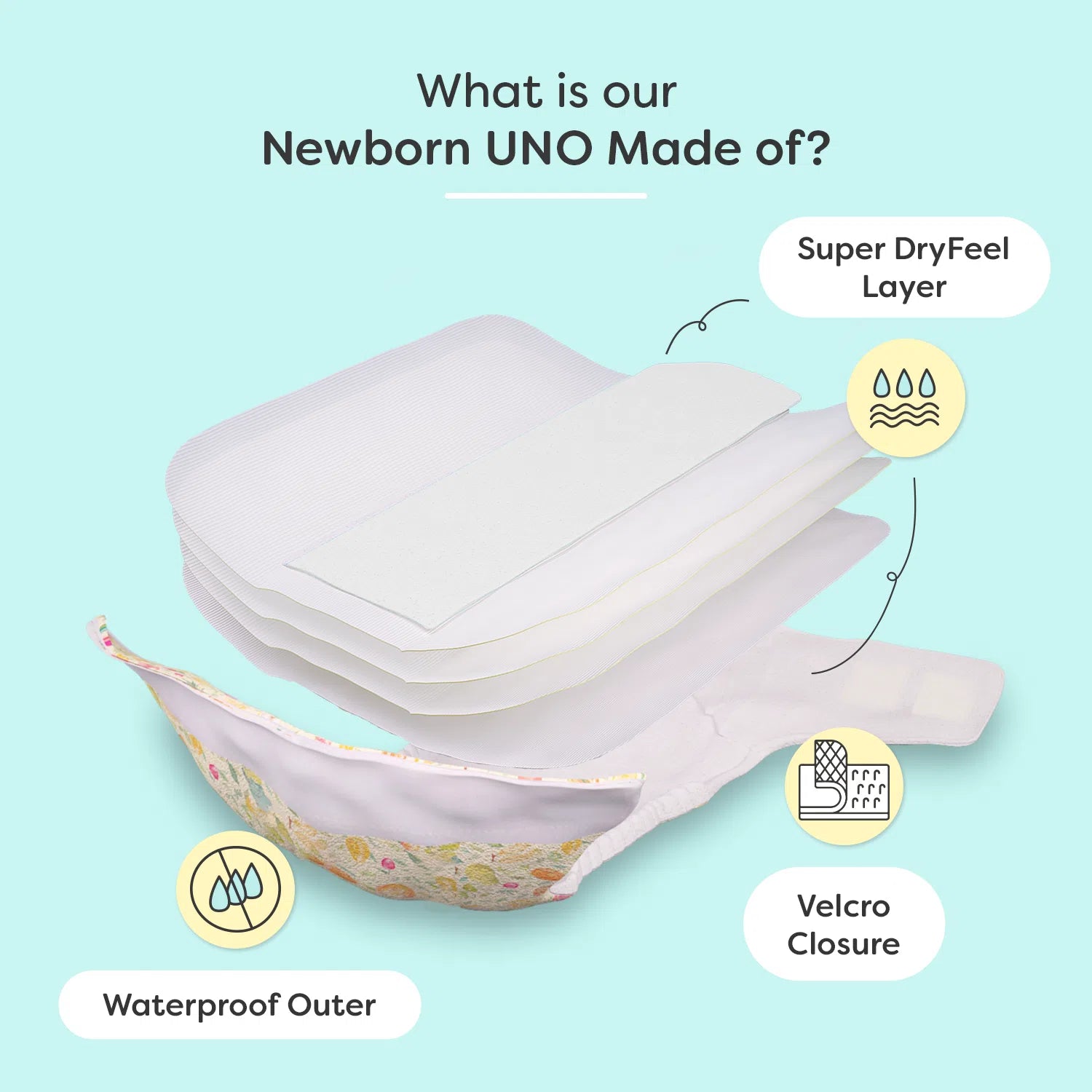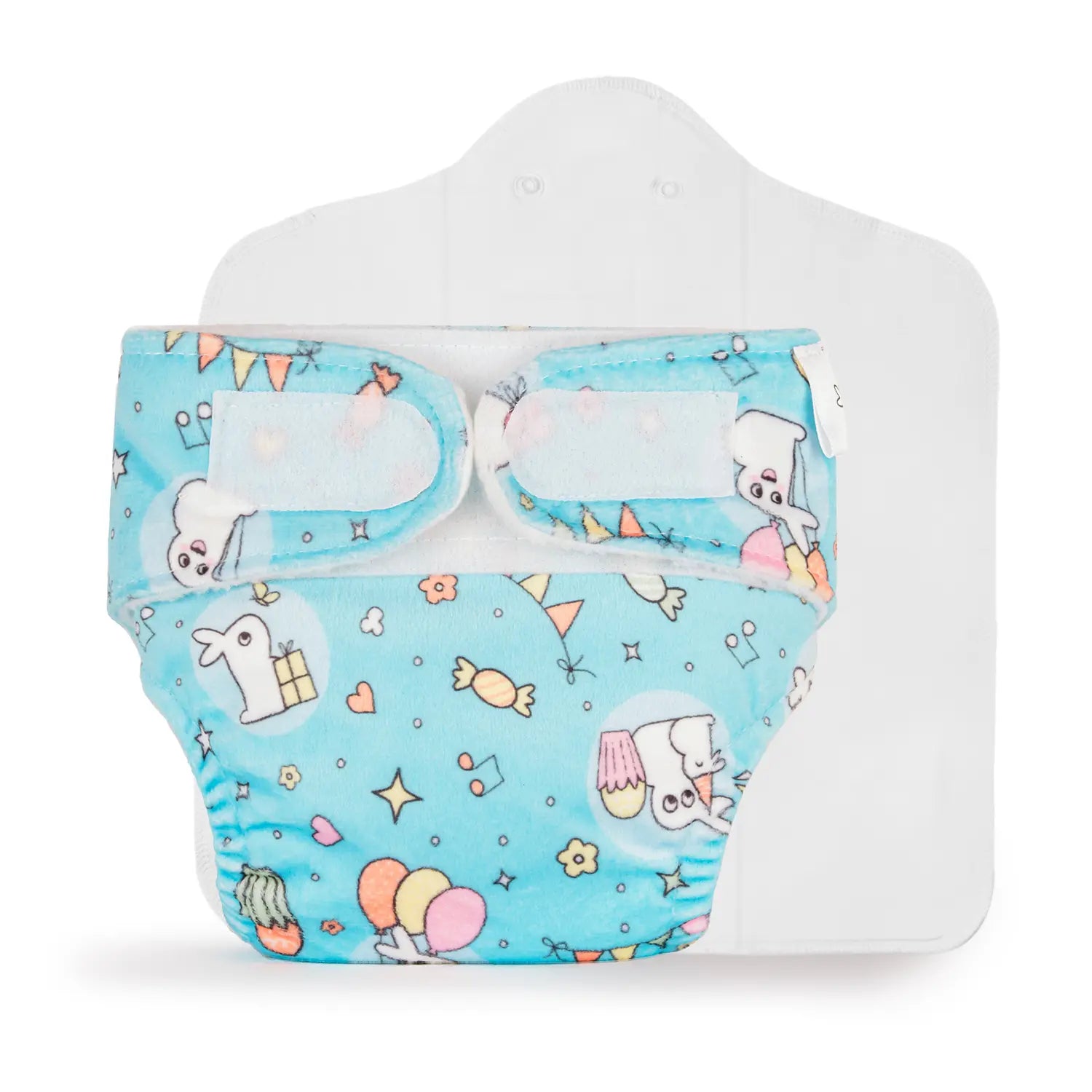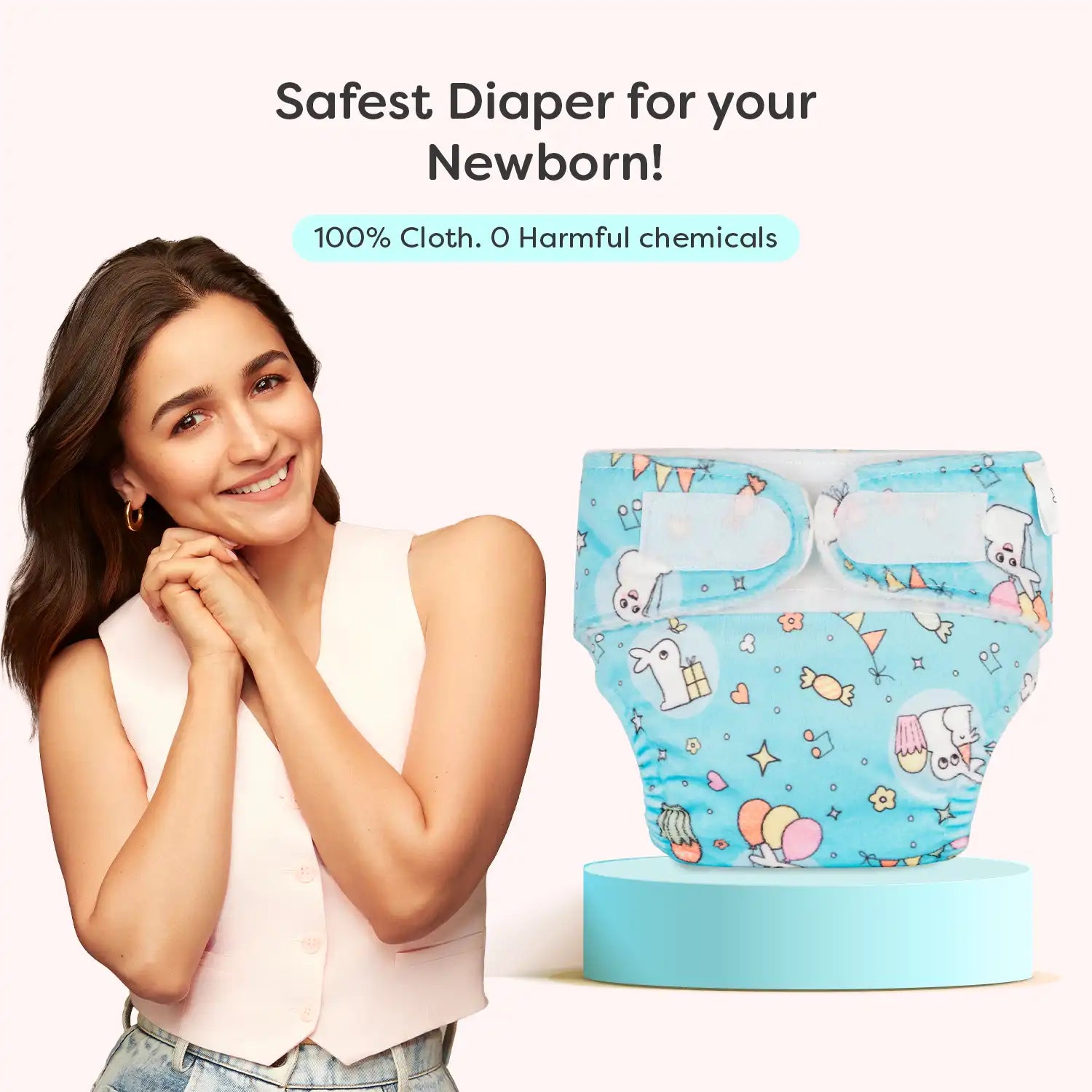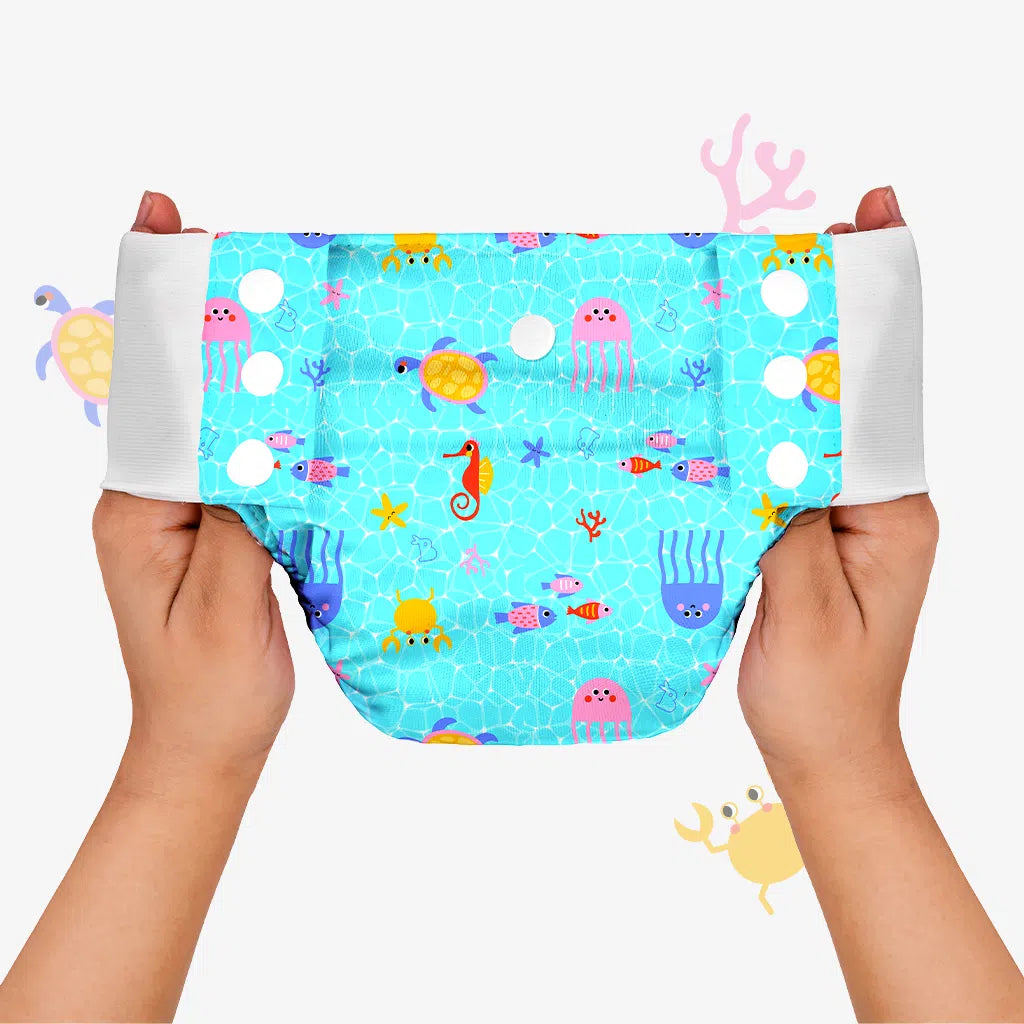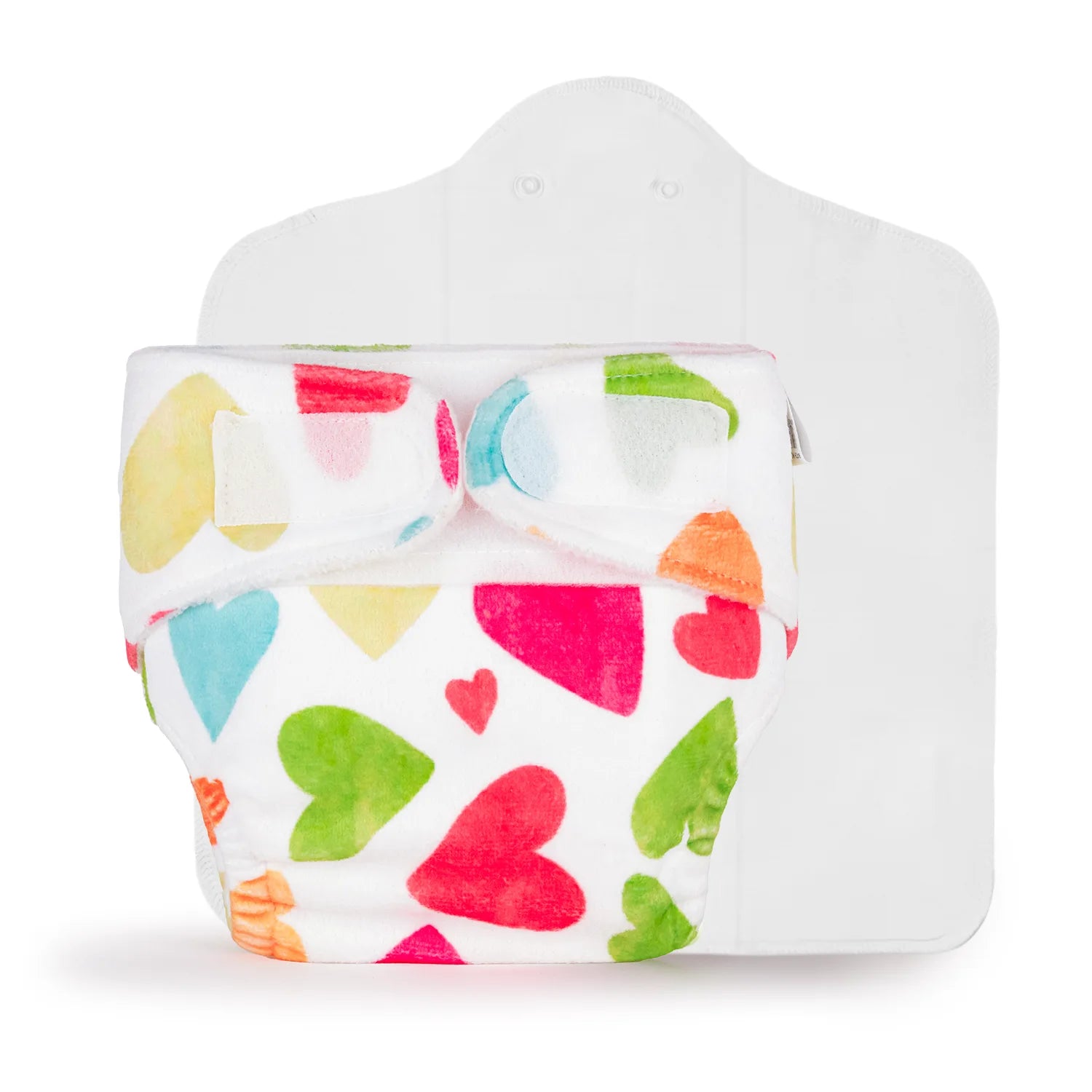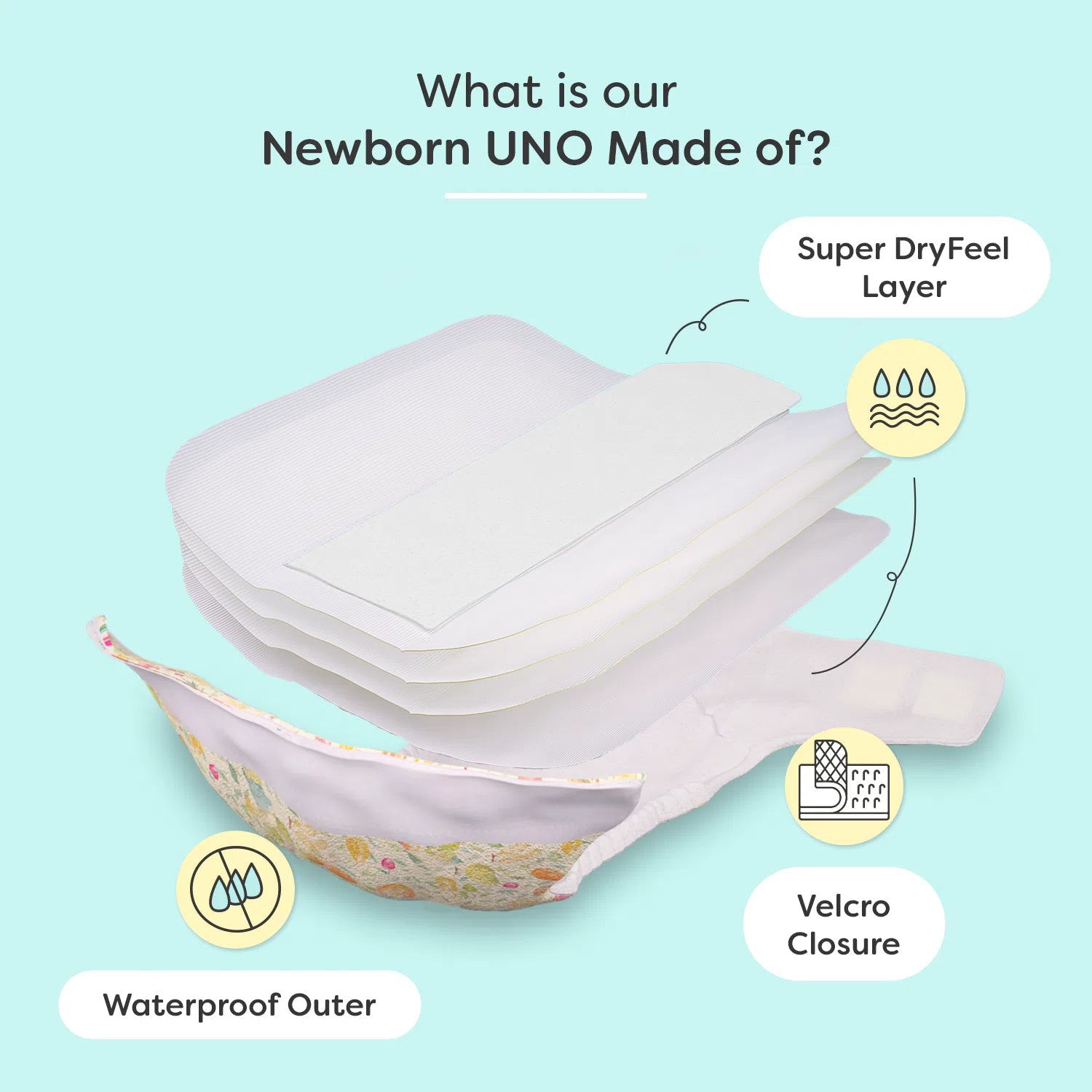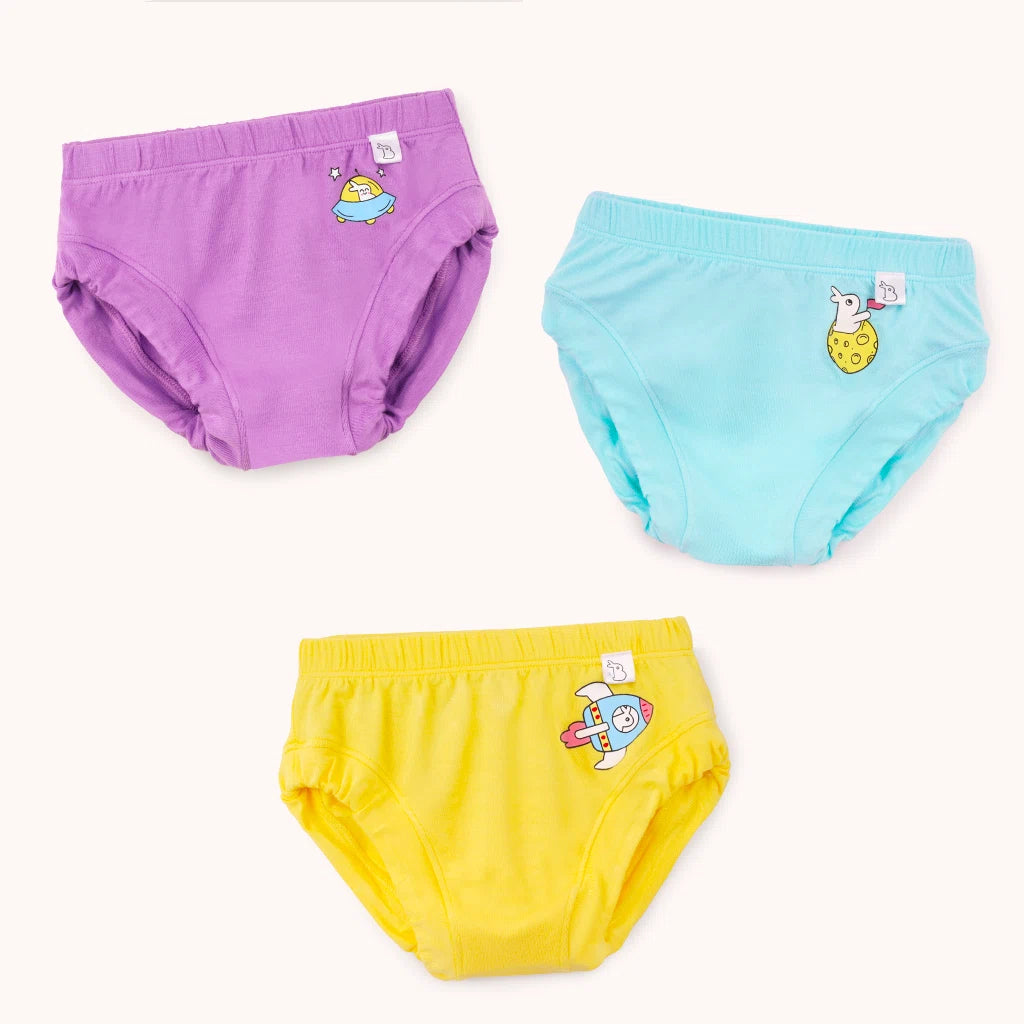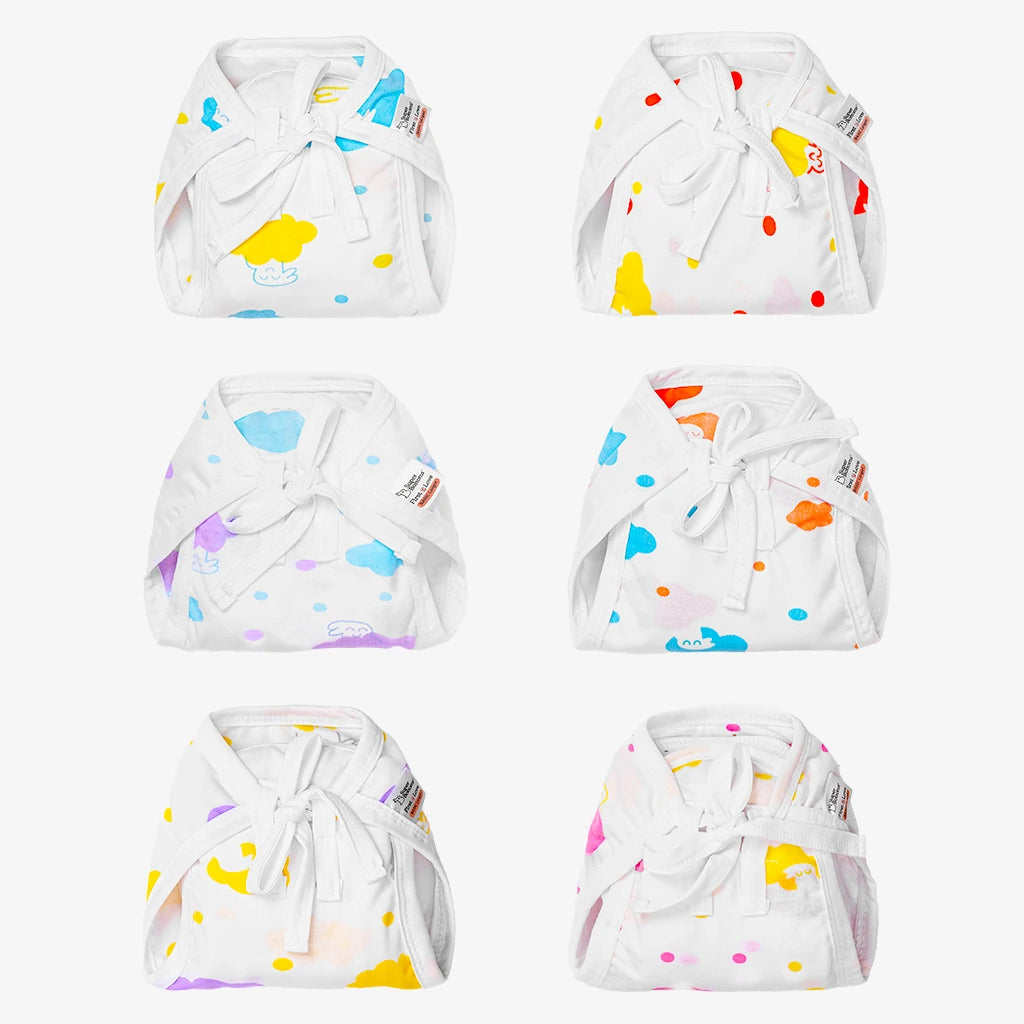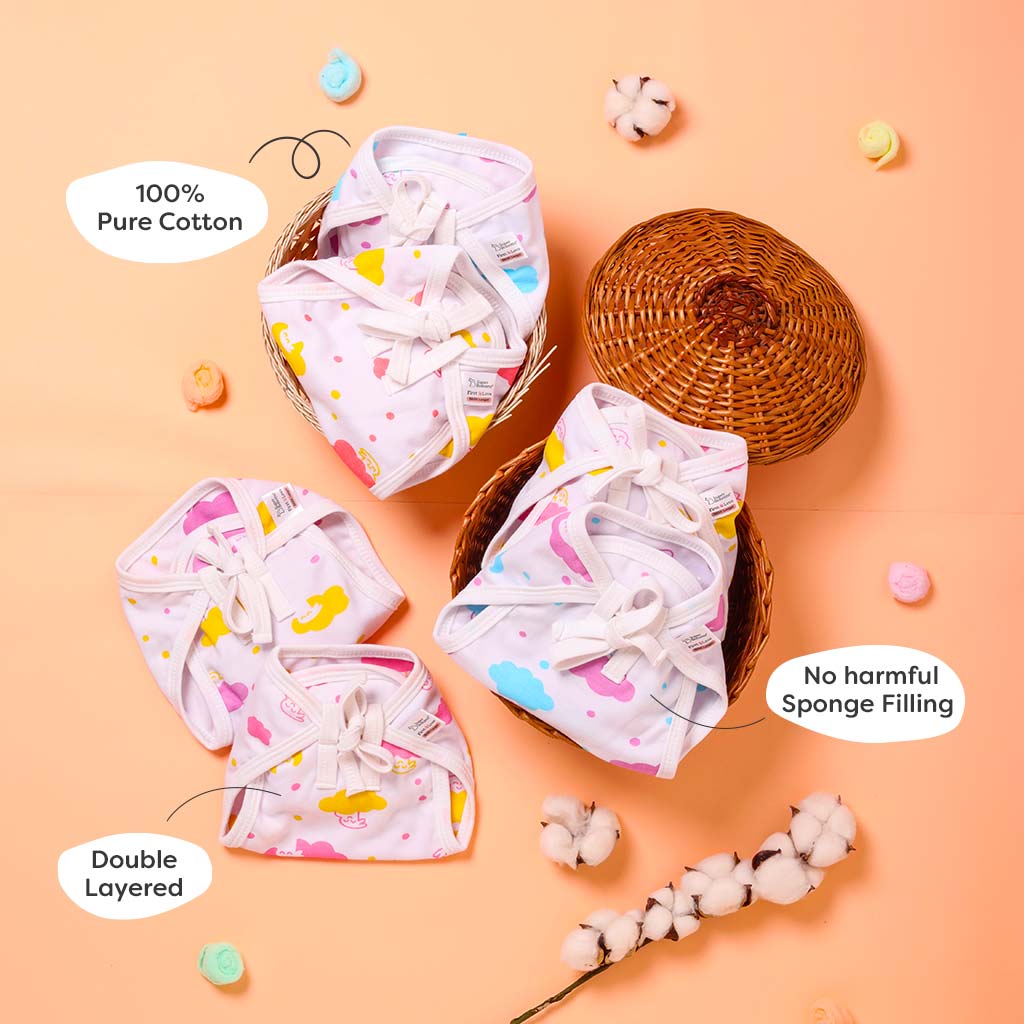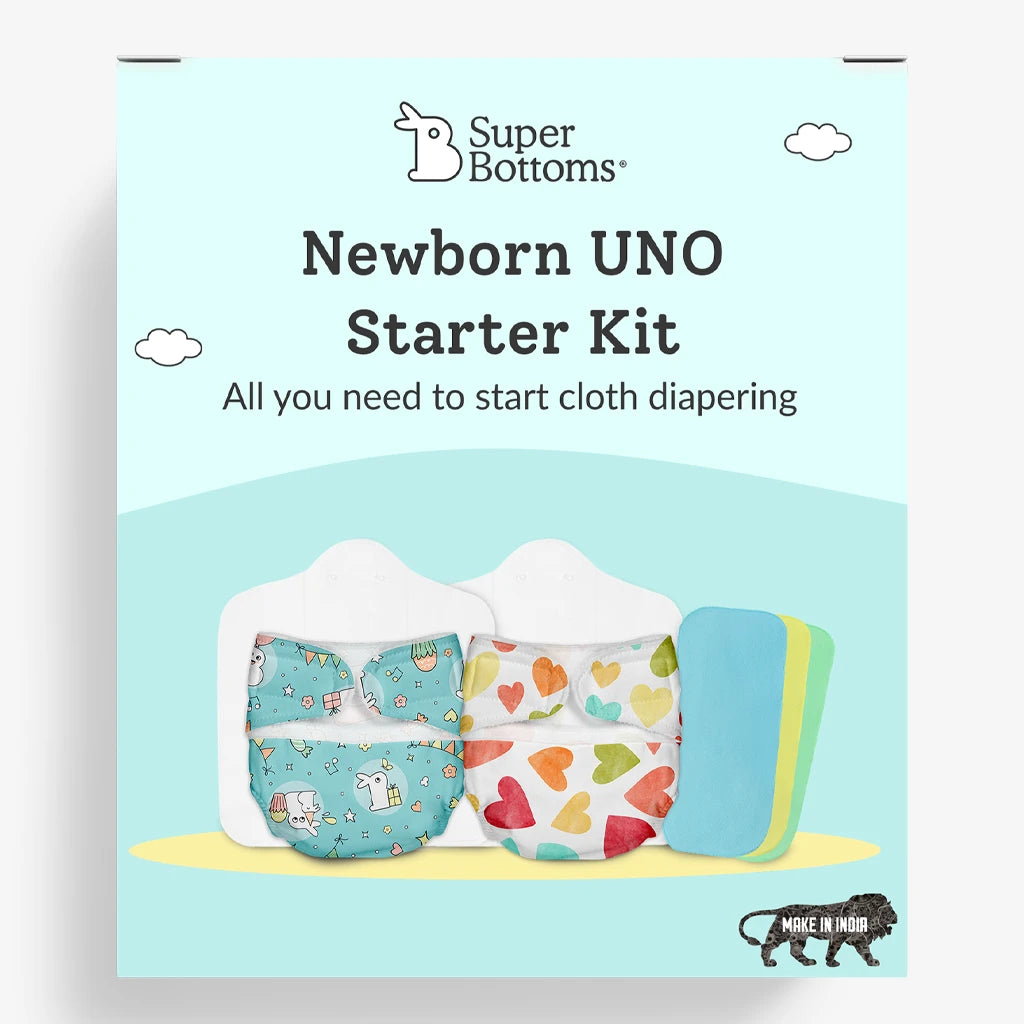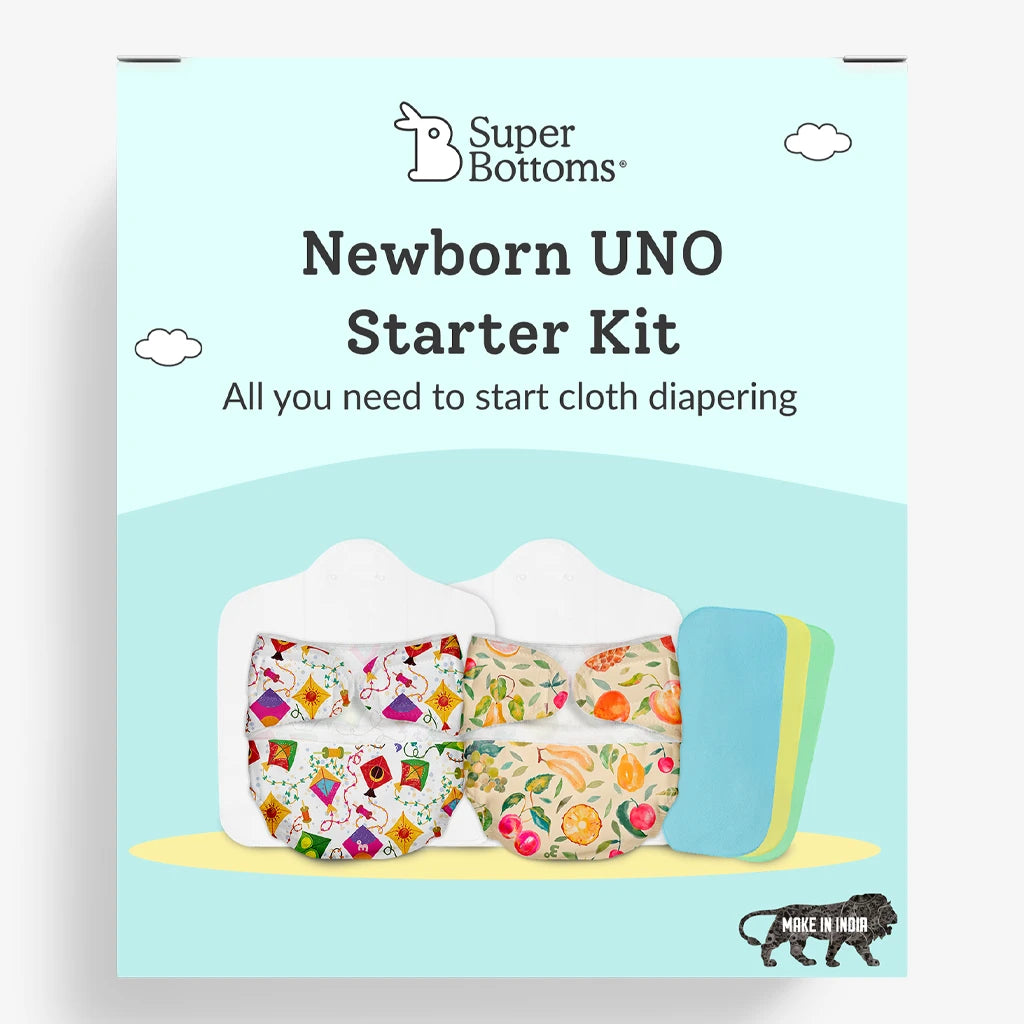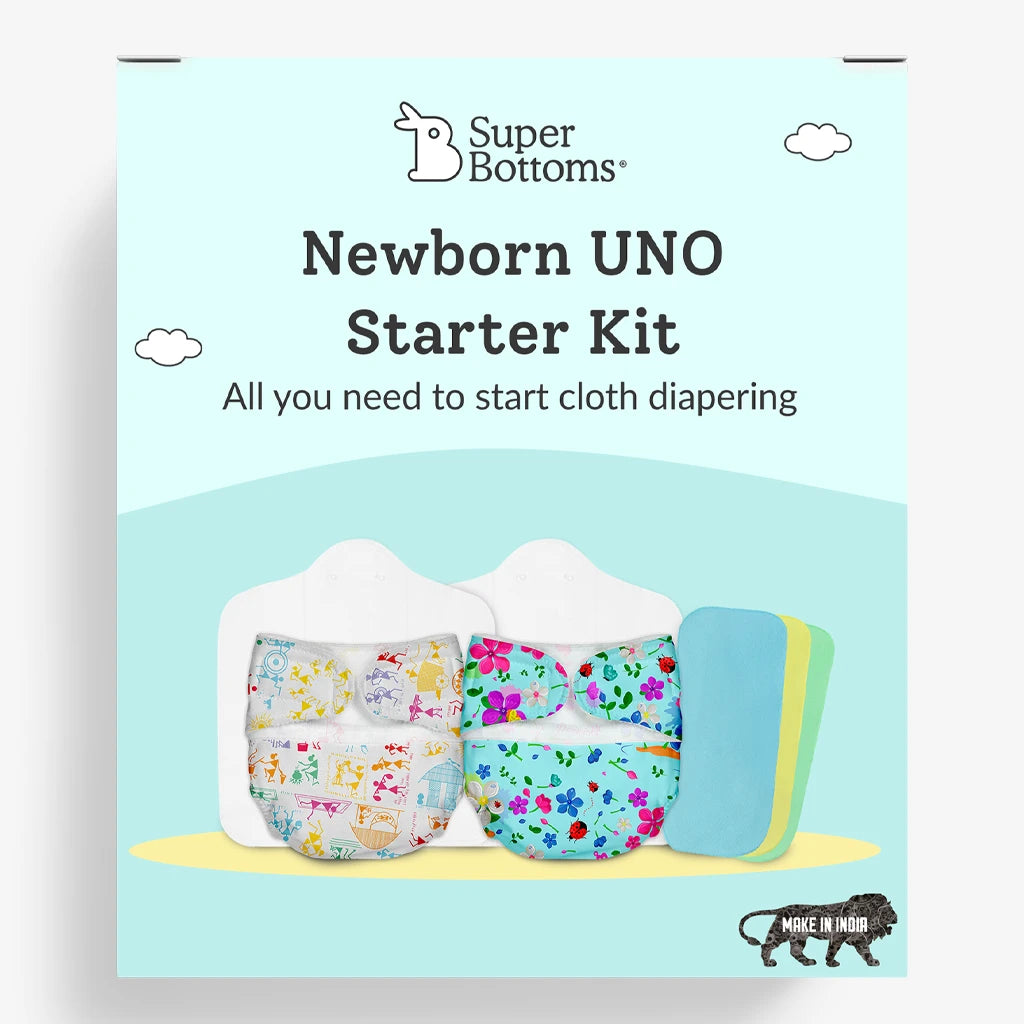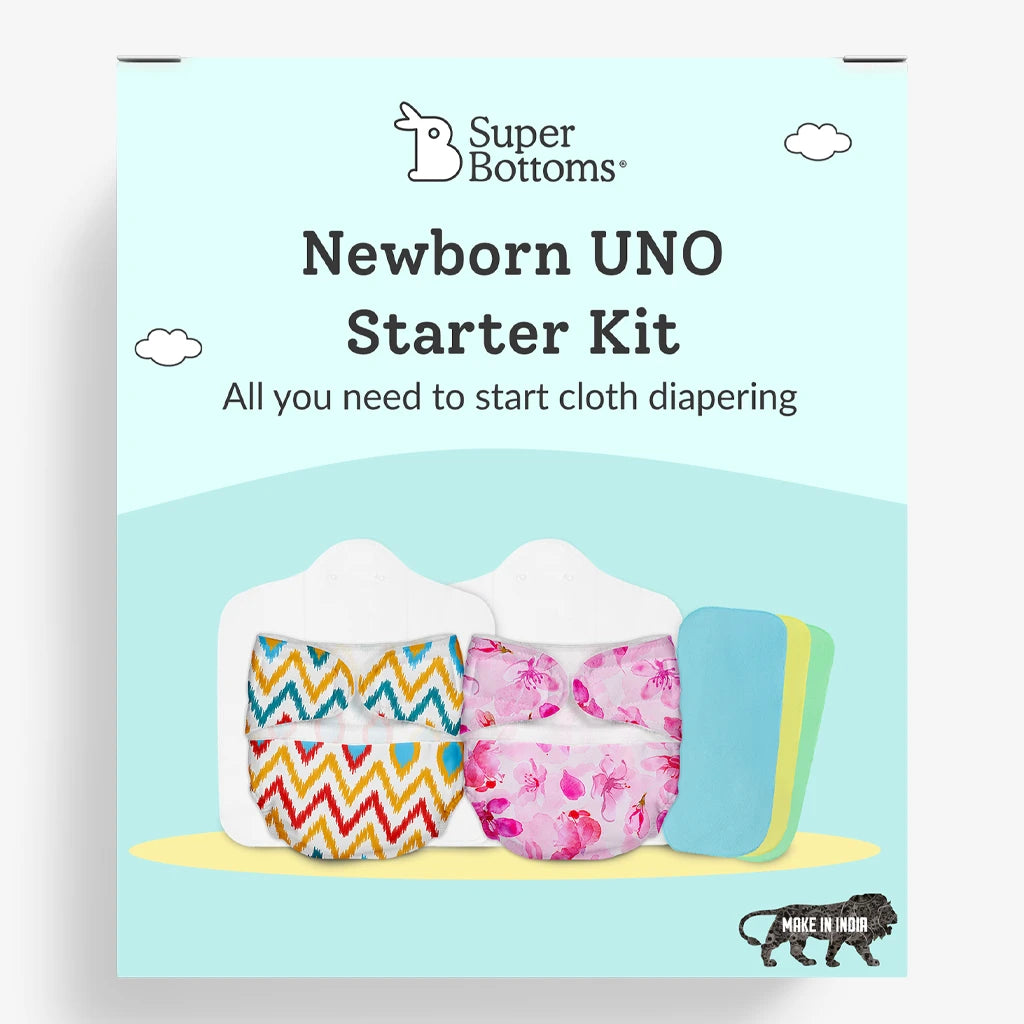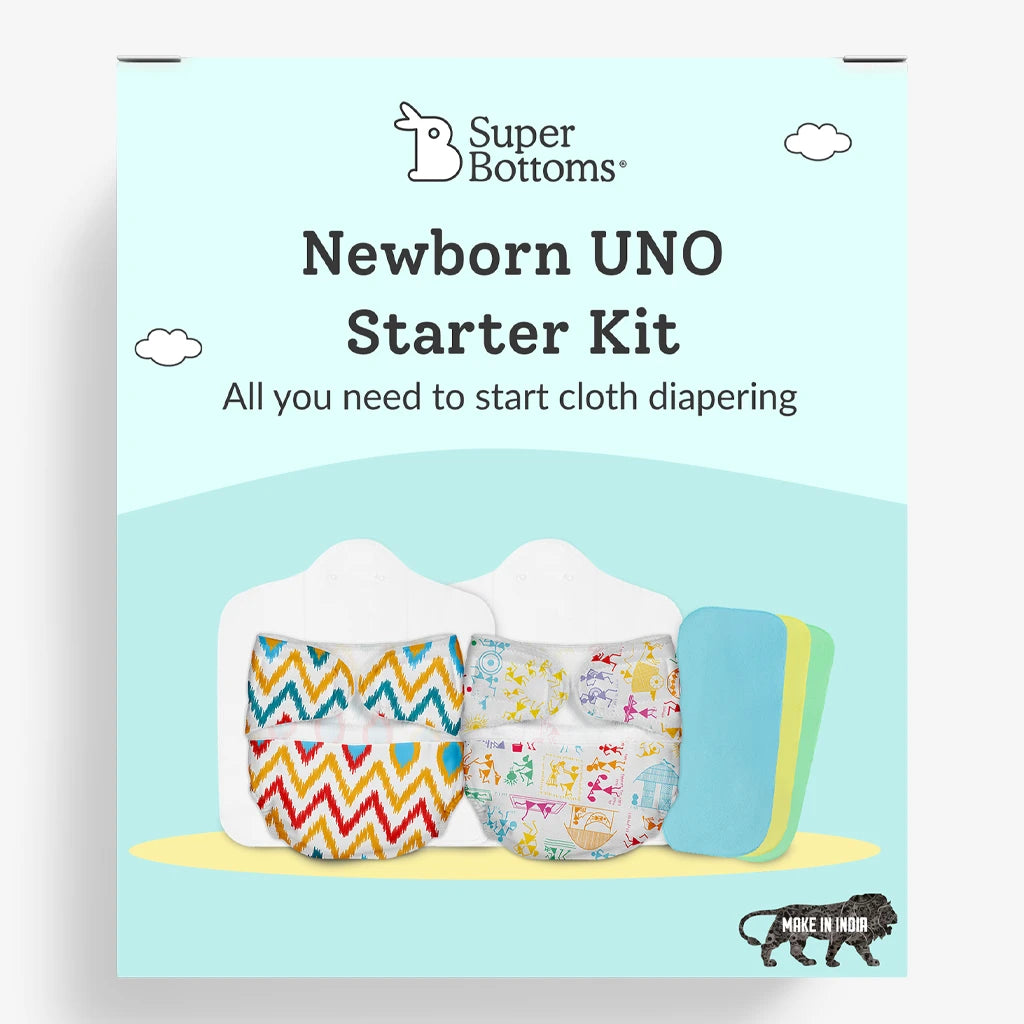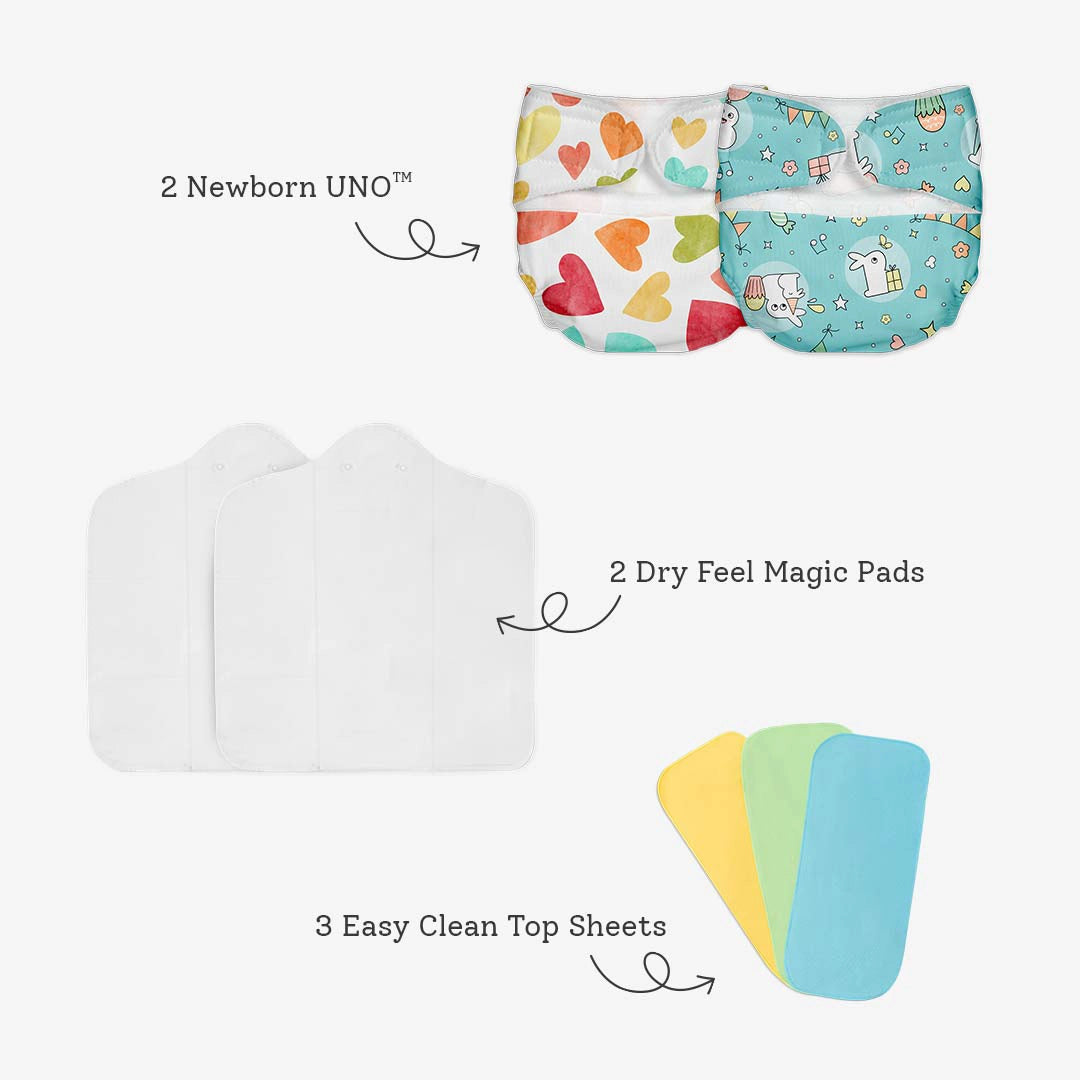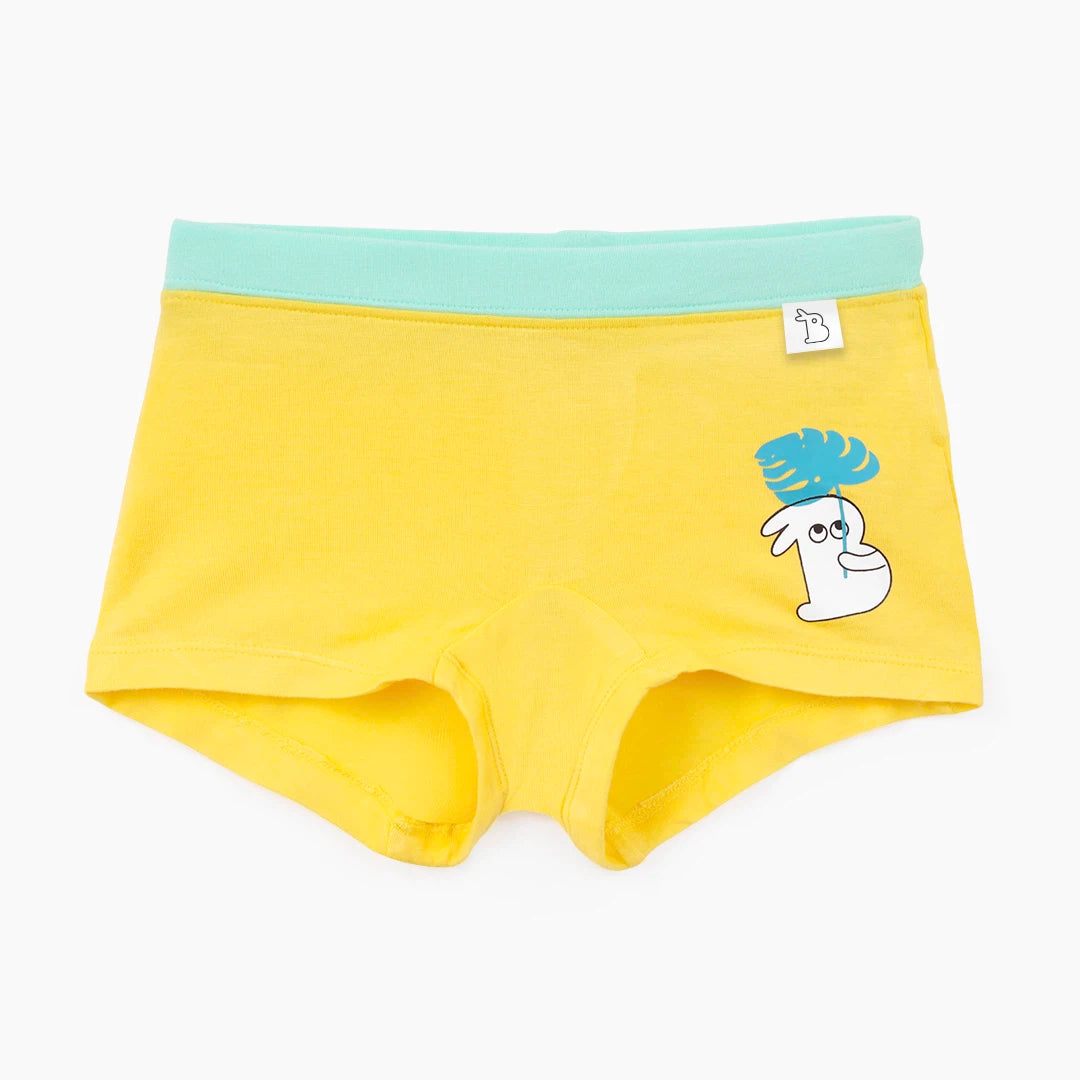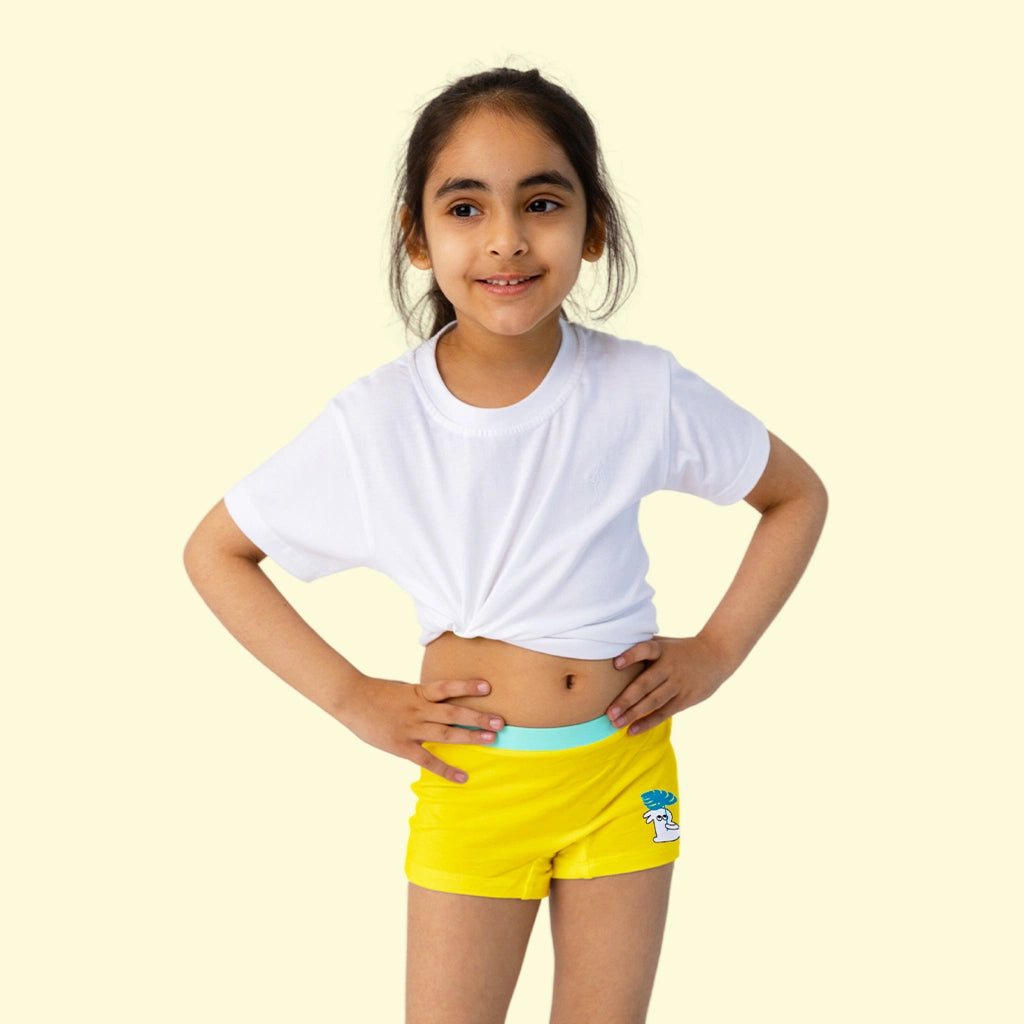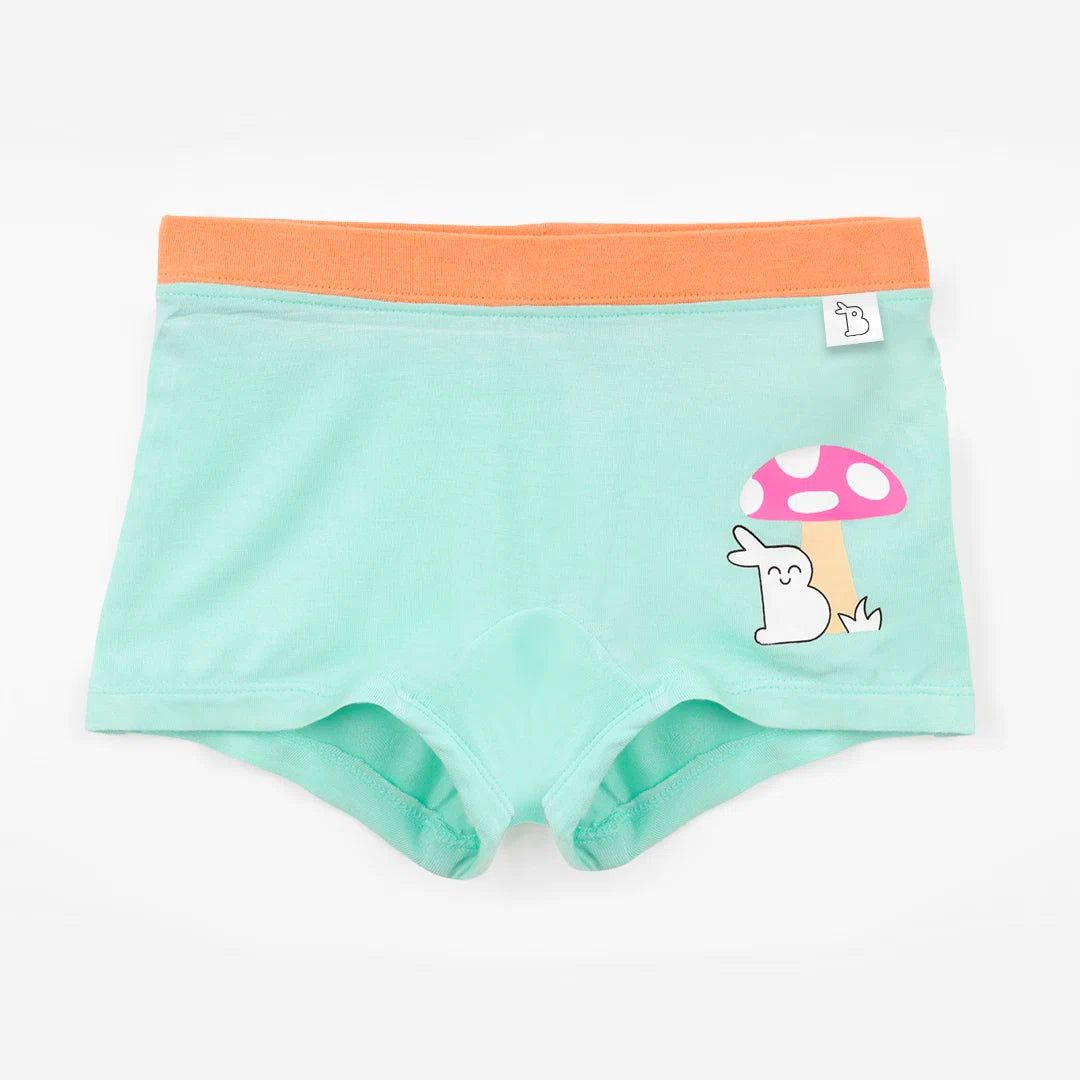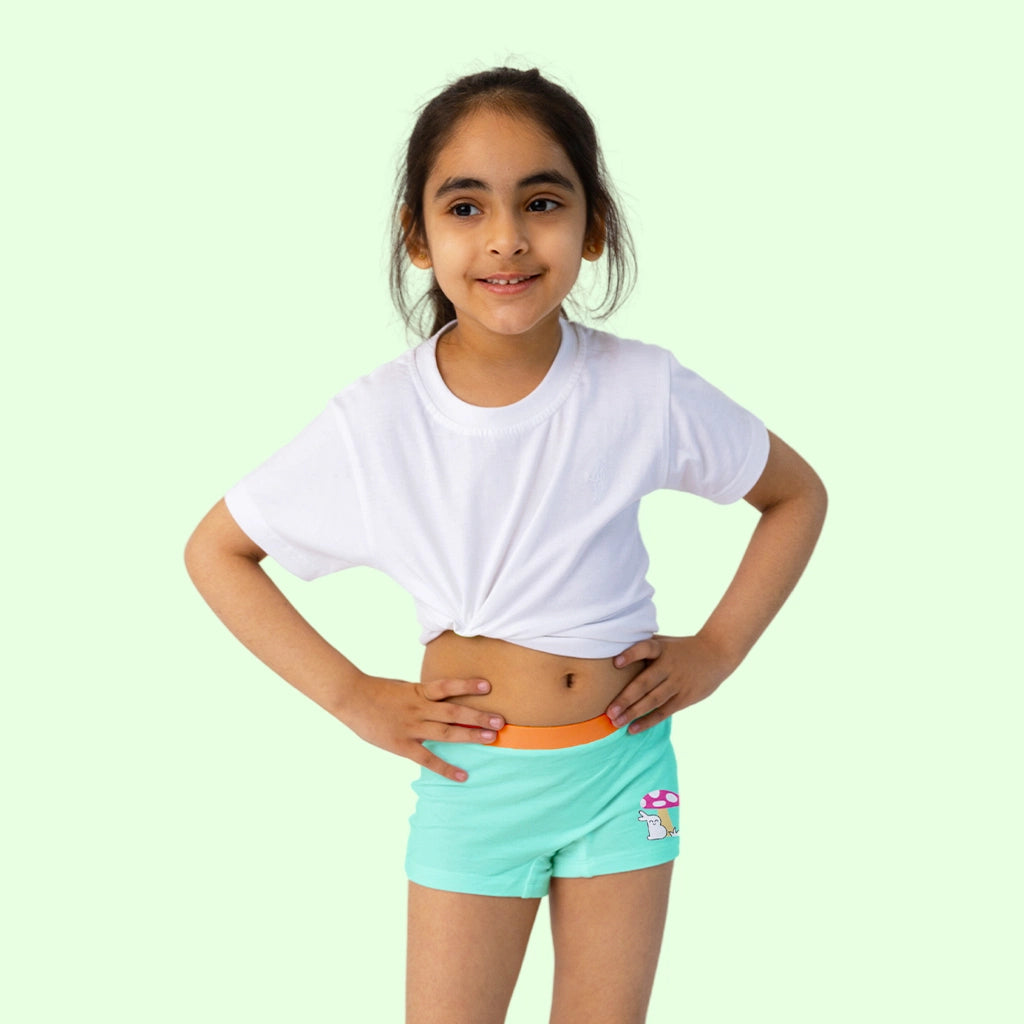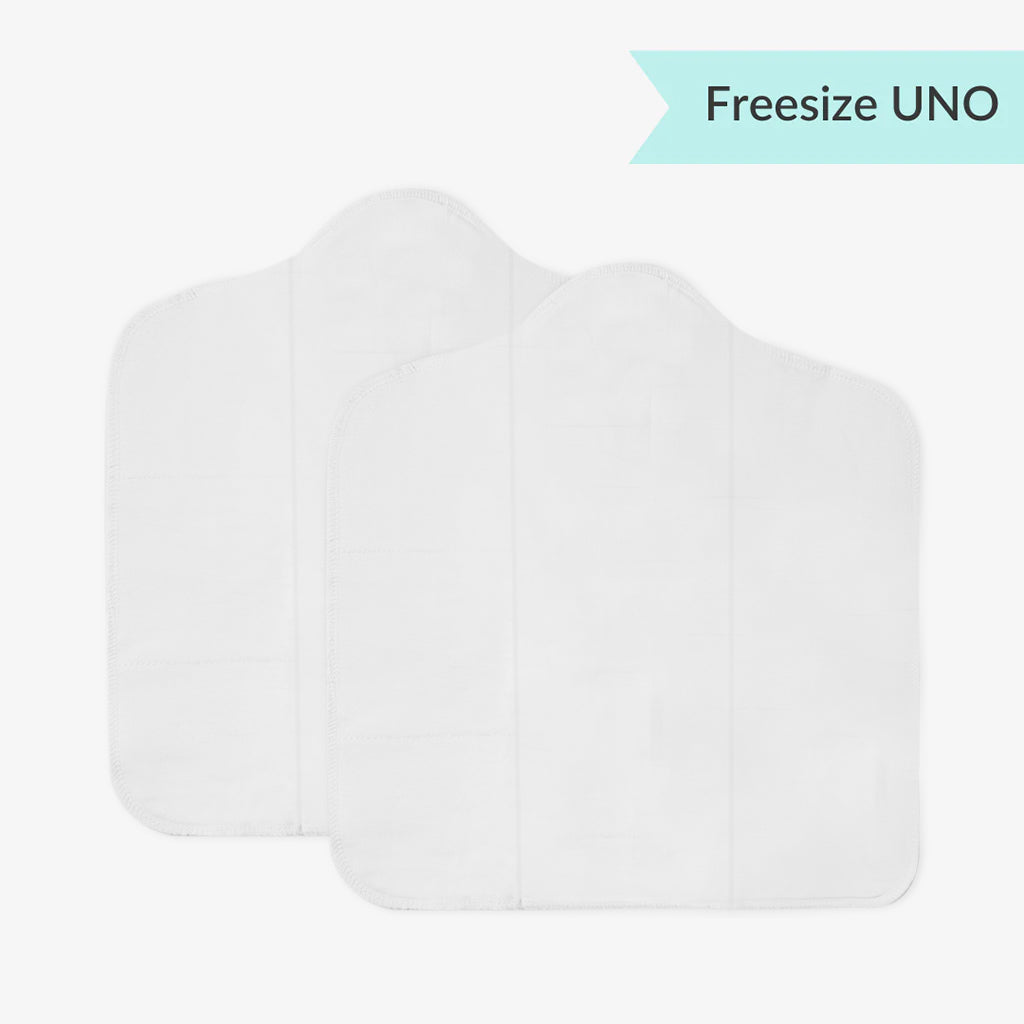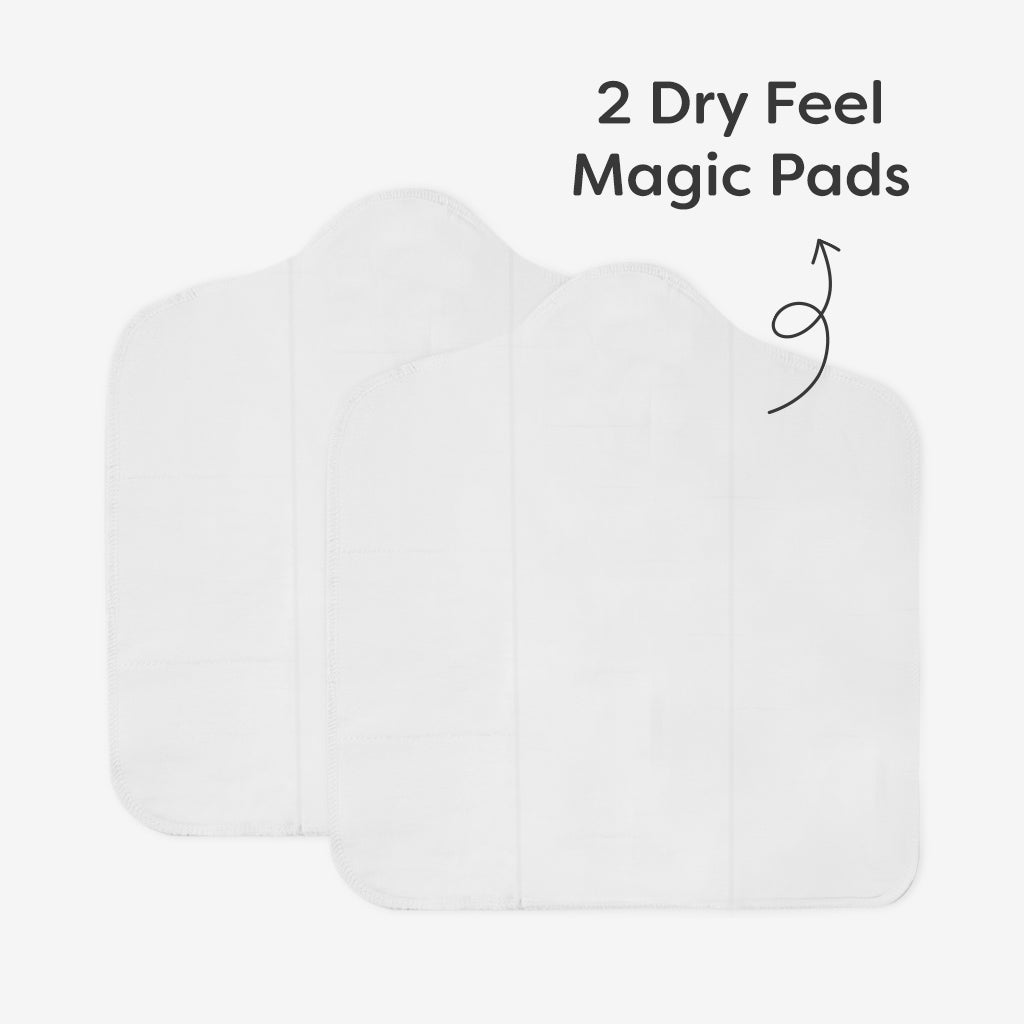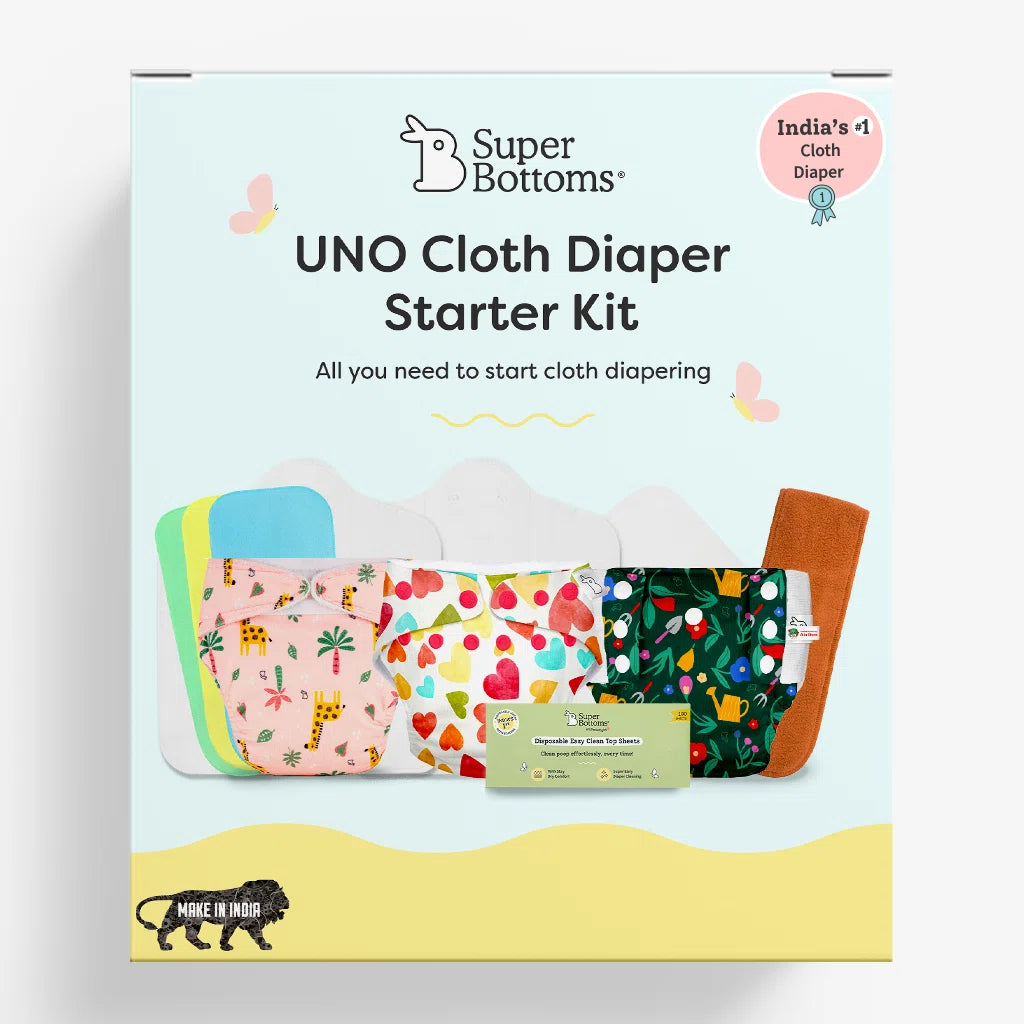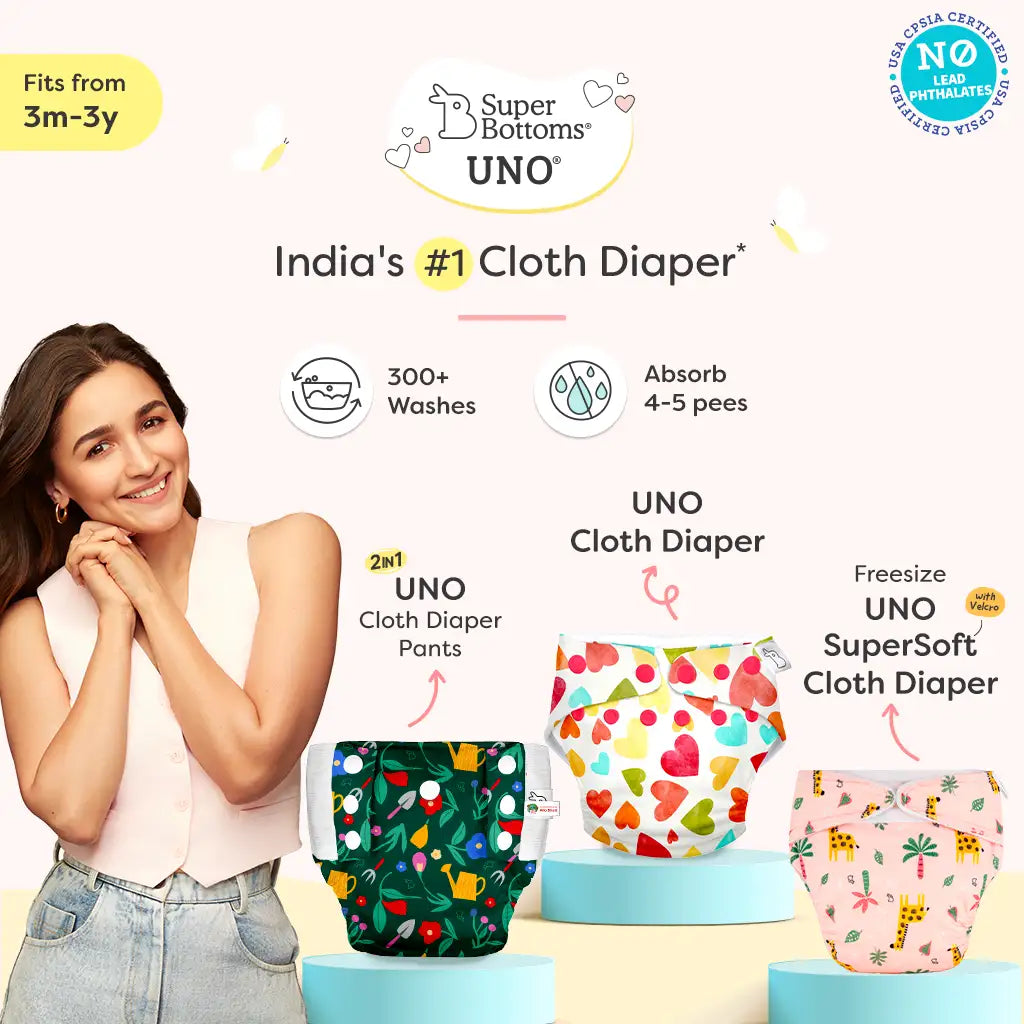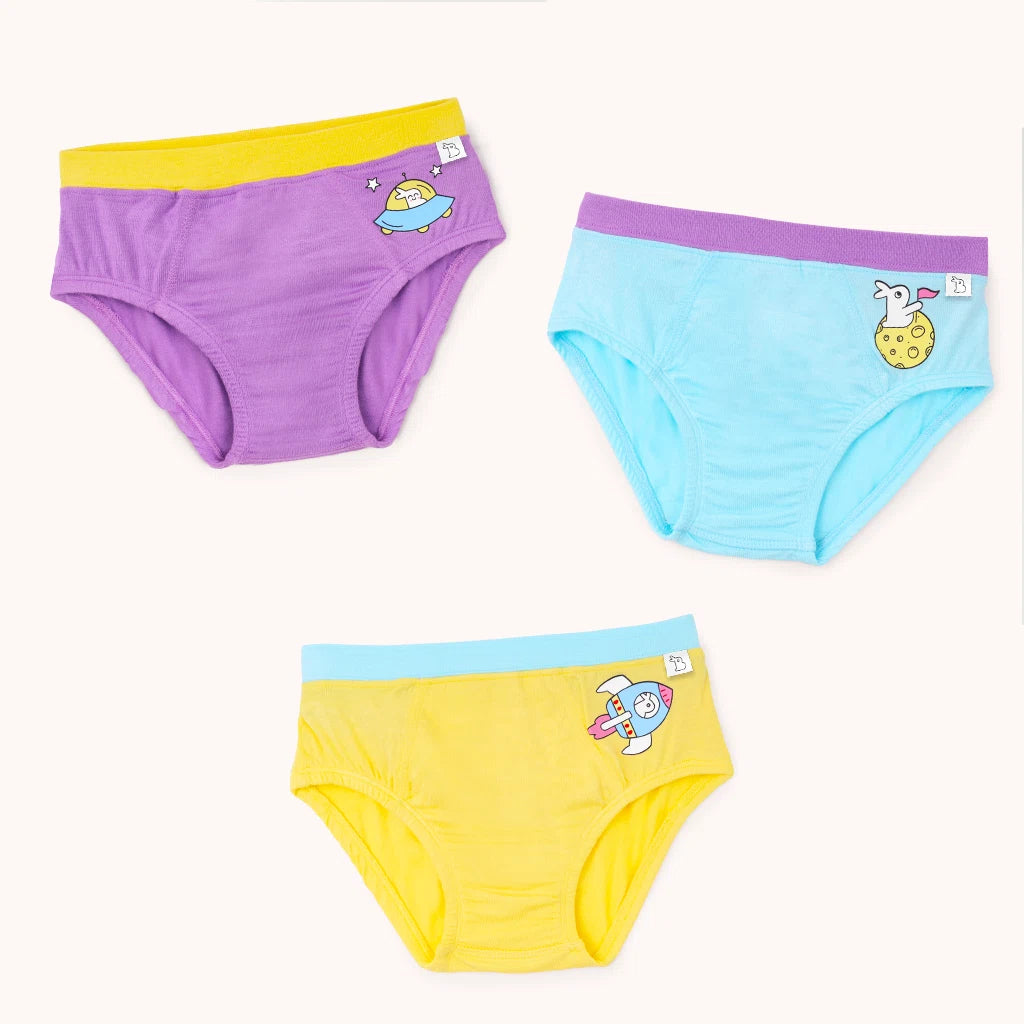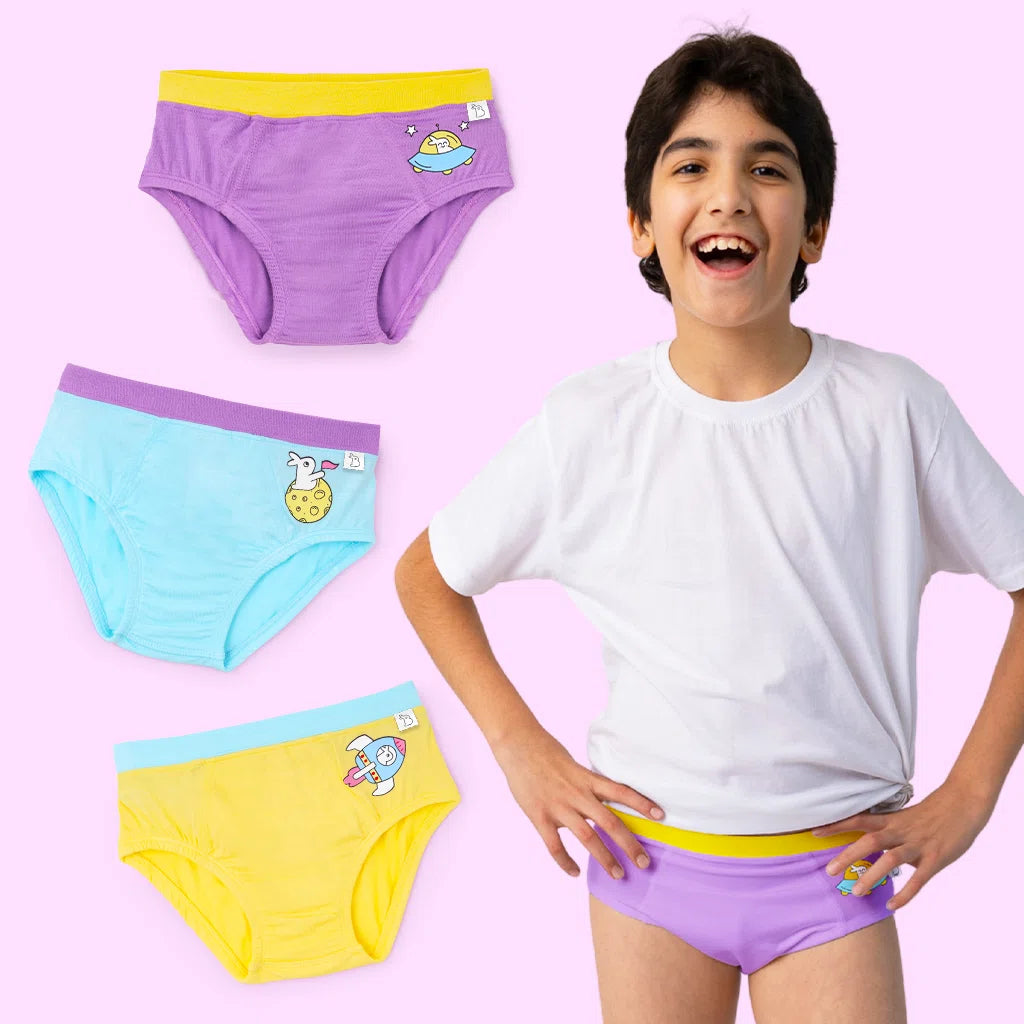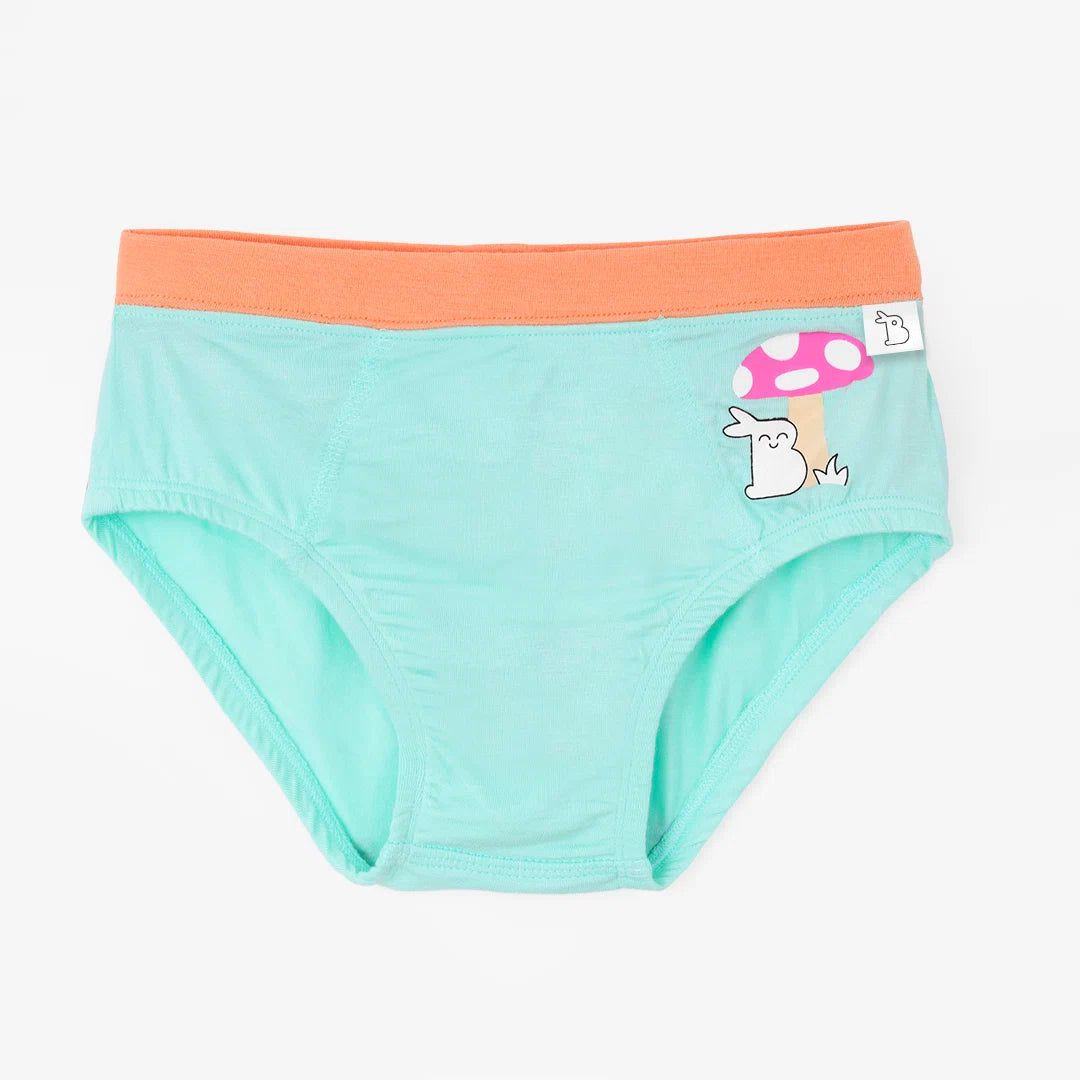• Introduction
• When Do Babies Start To Crawl?
• Stages of Crawling
• Advantages of Crawling
• Types of Crawling
• How to Encourage Your Baby to Crawl?
• What to Do If Your Baby Doesn't Start Crawling?
• Key Takeaways
• FAQs
• Message From SuperBottoms
Navigating the early stages of parenting can be challenging, but witnessing your baby's milestones makes it all worthwhile. Each achievement fosters excitement and deepens the bond between parents and their little ones —from their first smile to their first independent sitting.
The crawling milestone is a significant leap in your baby's development, marking a new phase of exploration and independence. But when do babies start crawling? And how can you play a role in encouraging this crucial skill development while ensuring your baby's safety?
This SuperBottoms article will address these questions and provide valuable insights into the crawling journey. So buckle up as we delve into the fascinating world of baby crawling, filled with wonder, discovery, and endless possibilities.
When Do Babies Start Crawling?
Most typically start between 6 and 10 months of age when the baby crawls. However, it is essential to remember that regarding each milestone, all babies develop at their own pace. Thus, comparing milestones between babies isn't productive. Even if your baby doesn't crawl until 10–11 months, it is not alarming. However, continue encouraging them and watch for red flags of developmental delay.
Stages of Crawling:
Crawling is a gradual process. Baby crawling stages build upon each other until your baby masters the art!
Here's a table outlining the typical stages:
| Stages of Crawling | Description |
|---|---|
| Pre-crawling | Babies develop strength in their arms, shoulders, and core through activities like tummy time. They may push up on their arms. |
| Commando crawl | Also known as the belly crawl, babies use their arms to pull themselves forward on their bellies. |
| Standard crawl | Babies lift their bellies and move by alternating arm and leg movements. |
| Bear crawl | Babies crawl with bent knees close to the ground, resembling a bear. |
| Crab crawl | Babies move sideways or backwards, like a crab. |
| Creeping | Babies use one leg to push forward while the other remains bent. |
| Pulling to stand | Babies use objects to pull themselves up, a precursor to walking. |
These stages provide a general progression, though individual crawling ages may vary.
Types of Crawling:
Each baby crawls differently. Not all crawl on all fours. Some skip it entirely. Here are some crawling types:
1. Classic crawl: Crawling on all fours.
2. Bottom scoot: Sitting and pushing forward with hands.
3. Rolling: Rolling instead of crawling, then cruising by holding furniture.
4. Combat crawl: Pushing forward on the belly with arms and elbows, legs extended back.
5. Crab crawl: Moving sideways or backwards.
6. Bear crawl: Crawling with straight elbows and knees.
7. Leapfrog crawl: Moving forward from a bridge position.
8. Tripod Crawl: Using one leg and both hands to crawl.
What to Do If Your Baby Doesn't Start Crawling?
If your baby doesn't crawl by 8–10 months, there's usually no need to worry. If they show limited mobility on the floor or don't use their hands to pull their head up or legs to push toward objects, consult your paediatrician.
How to Encourage Your Baby to Crawl?
Here are tips to encourage crawling:
1. Give plenty of tummy time.
2. Engage the baby with elevated hands during tummy time.
3. Hold your baby in a crawling position.
4. Demonstrate crawling yourself.
5. Dress baby comfortably in a Mulmul Swaddle and Freesize UNO Cloth Diapers.
6. Keep activities enjoyable.
7. Use colourful toys.
8. Use a mirror during tummy time.
9. Use SuperBottoms Waterproof Knee Sleeves.
10. Allow free floor exploration.
11. Give massages.
12. Celebrate achievements.
13. Ensure a safe environment.
Benefits Of Crawling For Babies:
1. Crawling is a stepping stone to other motor skills like walking and running.
2. It improves coordination.
3. Increases alertness.
4. Promotes independence and confidence.
5. Develops sense of touch.
6. Strengthens muscles and bones.
|
Limited Time Offers + Special Gift Sets! Now or never Super SALE is live on the SuperBottoms website! Take advantage of unbeatable value deals on our UNO Cloth Diapers, Baby Essentials, and more. Looking for the perfect present for a newborn or a toddler? Explore our thoughtfully curated Gift Sets & Combos — safe, skin-friendly, and oh-so-cute! A bundle of love for little ones and a delight for parents. HURRY — Deals and Gift Packs are live only till stocks last. Don’t miss the chance to stock up and share the joy! |
Key Takeaways:
1. Ensure a safe environment.
2. Crawling is a fun phase; hide breakables.
3. Playing chase is enjoyable and relaxing.
FAQs:
Q1: When do babies start crawling?
Ans. Typically between 6 and 10 months, but it varies.
Q2: What are the signs of crawling readiness?
Ans. Increased strength, pushing up during tummy time, and interest in movement.
Q3: What if my baby isn't crawling yet?
Ans. Every baby develops differently. If concerned, talk to your paediatrician. Some babies skip crawling.
Message from SuperBottoms
Hi there, new parents! SuperBottoms brings you doctor-recommended cloth diapers — the best rash-free diapering solution for your baby’s sensitive and delicate skin. Unlike disposable diapers loaded with chemicals, our newborn cloth diapers, when used and washed properly, can help eliminate the risk of diaper rashes. SuperBottoms offers a wide range of safe, skin-friendly essentials for the whole family — including Reusable Cloth Diapers, Diaper Pants, DryFeel langots for diaper-free time, Padded Underwear for potty training, SuperSoft Underwear for everyday comfort, Joggers for playful days, and Period Underwear for women. Not just for everyday use, SuperBottoms products also make the best gifting choice for babies — thoughtful, eco-friendly, practical, and loved by parents. Now available on Amazon, Myntra, Flipkart, FirstCry, Zepto, Swiggy and Blinkit.


